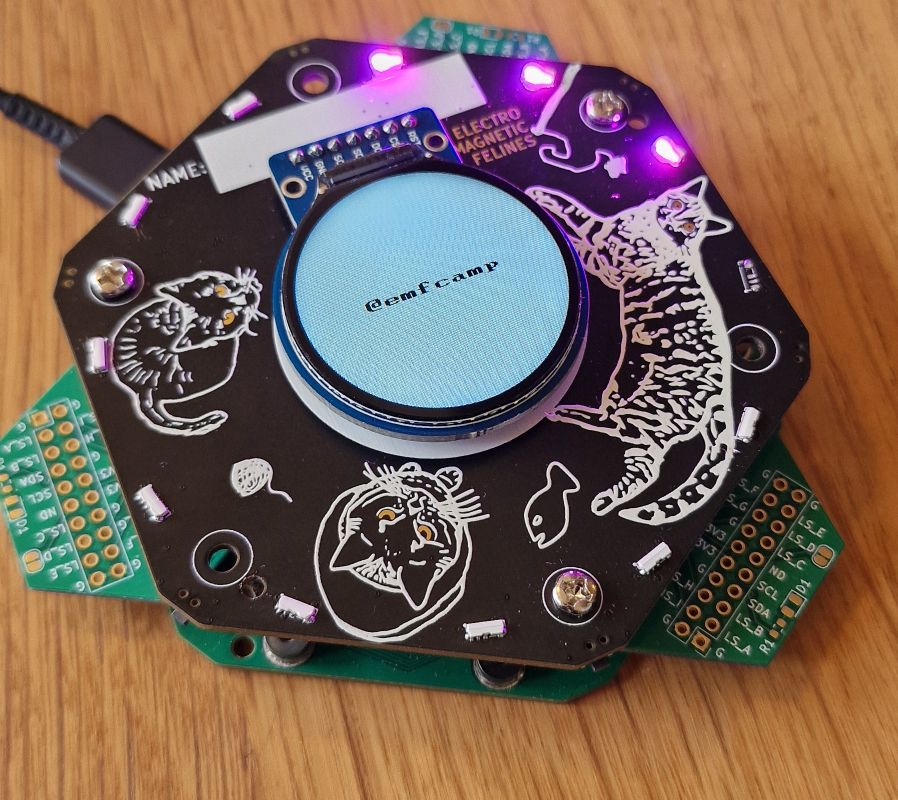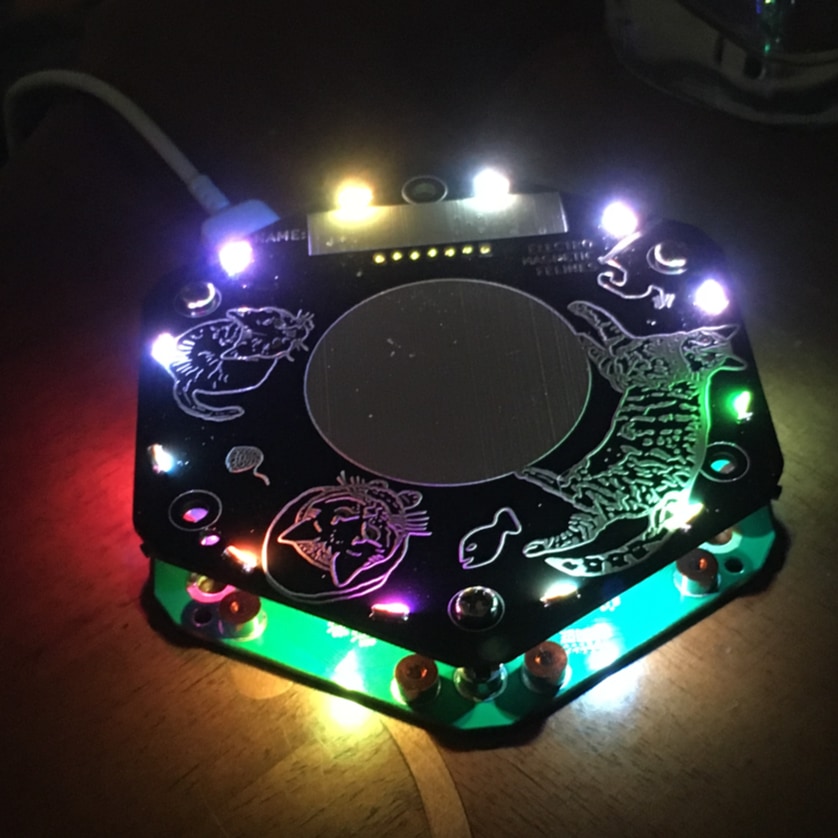Tildagon
This year's badge is the Tildagon badge. It's a hexagon with a slot on each side that you can plug hexpansions into. A hexpansion is a 1 mm thick object with a hexagon shape on one edge (a six-sided polygon like this: ⬡). It can be made of card stock, so you can quickly add some cat ears to your badge, or it can be a printed circuit.
Unlike in previous years, Electromagnetic Field is trying to make a longer-lasting platform so any apps developed for it will work for multiple years.
What would you like to do with your badge?
Need help? Ask here:
- irc: irc.libera.chat #emfcamp-badge
- matrix: [#badge:emfcamp.org][matrix]
Badge specs
- ESP32-S3 microcontroller with 2MB of PSRAM and 8MB of flash
- USB-C connector
- WiFi
- Six hexpansion connectors
- Round screen, six buttons, lots of colourful LEDs
- Power management, motion sensing
- An IMU (gyro + accelerometer)
- Bluetooth (BLE)
The processor in the badge is the same as in 2022, and it will run MicroPython.
Hexpansions
Hexpansions are accessories that plug into the badge's expansion connectors. Almost anything can be a hexpansion - the simplest hexpansion is just a piece of 1mm card cut into the right hexagonal shape. Here are some community examples: (1)
- If you want to add your hexpansions to this gallery, you can add them to the registry or add them to this issue or let us know on the IRC/Matrix! We'd love to feature all of your creations!
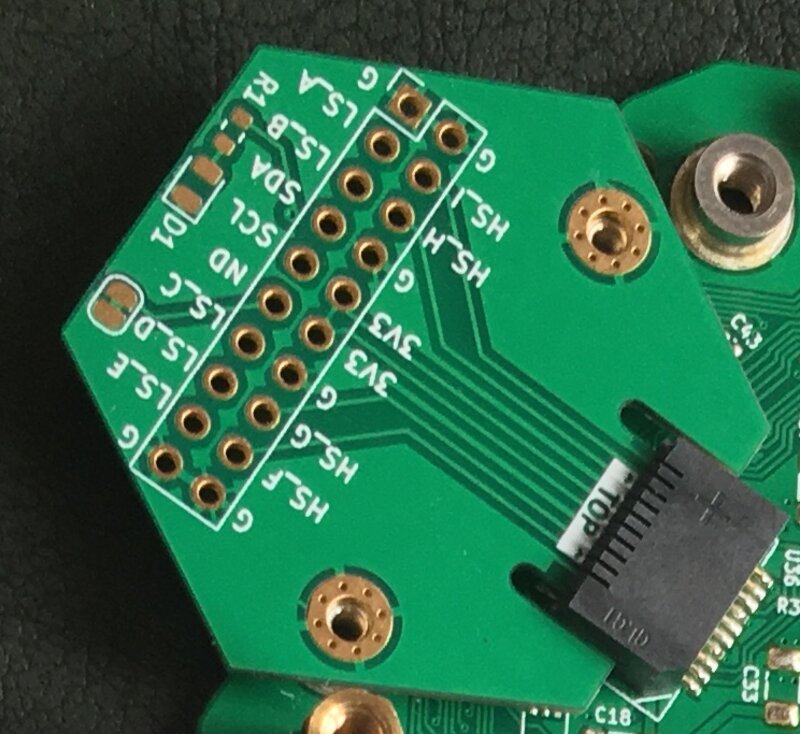 OG Hexpansion by kliment
OG Hexpansion by kliment 👀 VIEW FILES
 Ducks hexpansion by Tiff
Ducks hexpansion by Tiff EMF ducks sixties style flying porcelain ducks
Link: Instagram
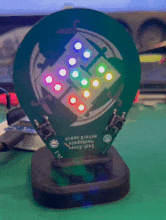 EEH Hexpansion by Matt
EEH Hexpansion by Matt 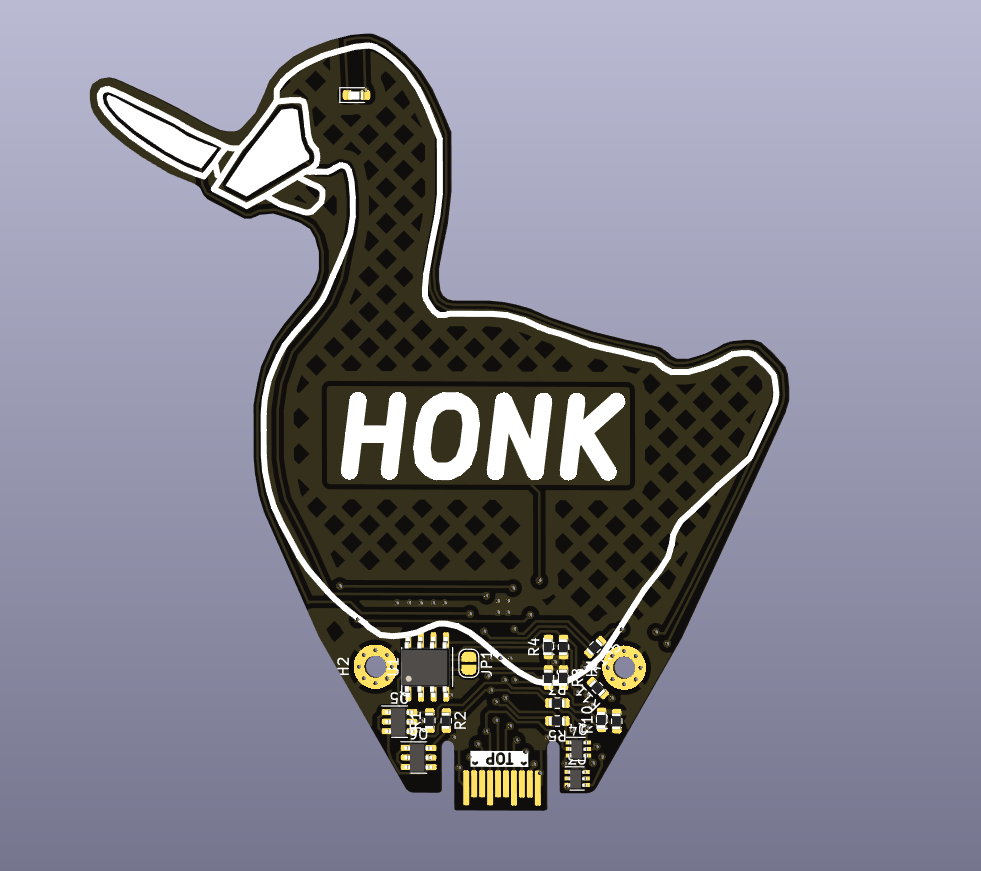 Goosespansion by Skyler Mansfield
Goosespansion by Skyler Mansfield 👀 VIEW FILES
 LED Filament hexpansion by John Thurmond
LED Filament hexpansion by John Thurmond 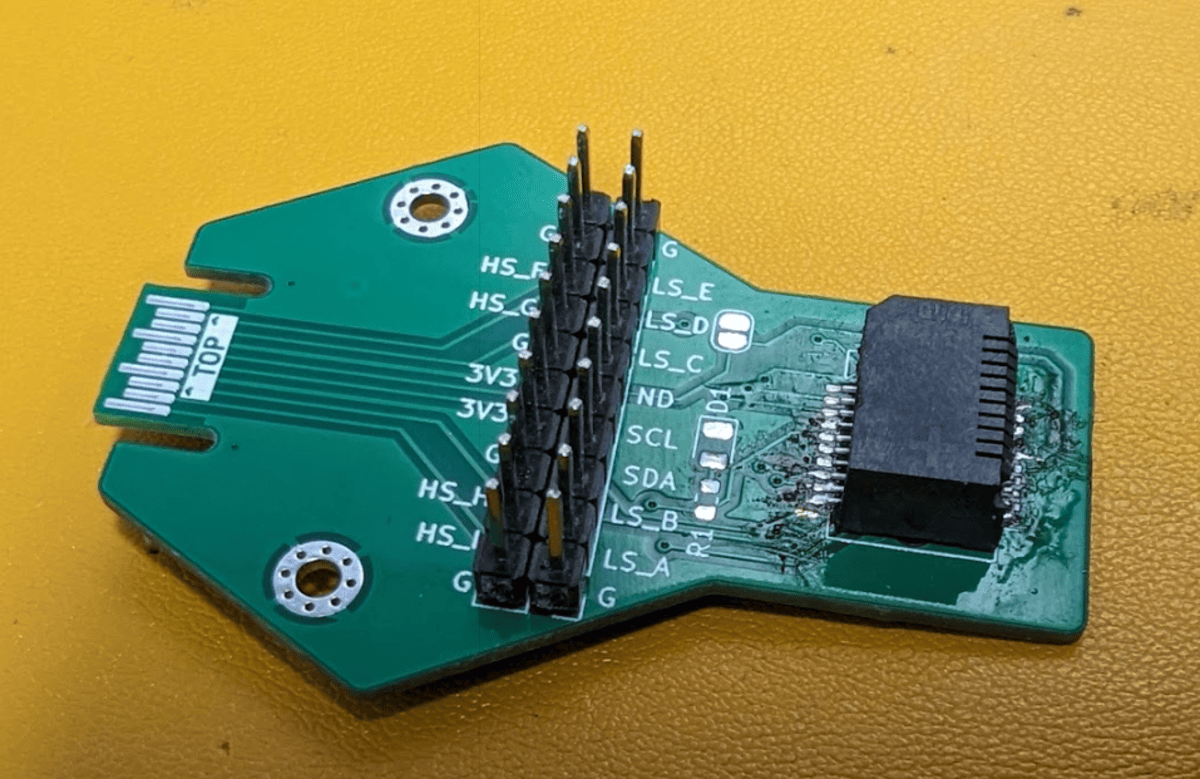 Interposer by The Untitled Goose
Interposer by The Untitled Goose 💰 BUY HERE
👀 VIEW FILES
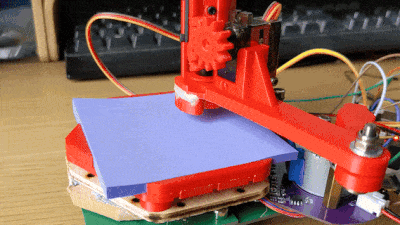 Plotter hexpansion by Danny Walker
Plotter hexpansion by Danny Walker 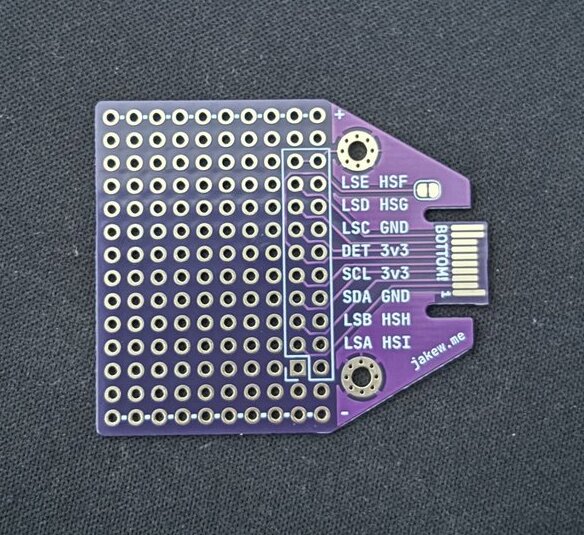 Protoboard Hexpansion by Jake Walker
Protoboard Hexpansion by Jake Walker 💰 BUY HERE
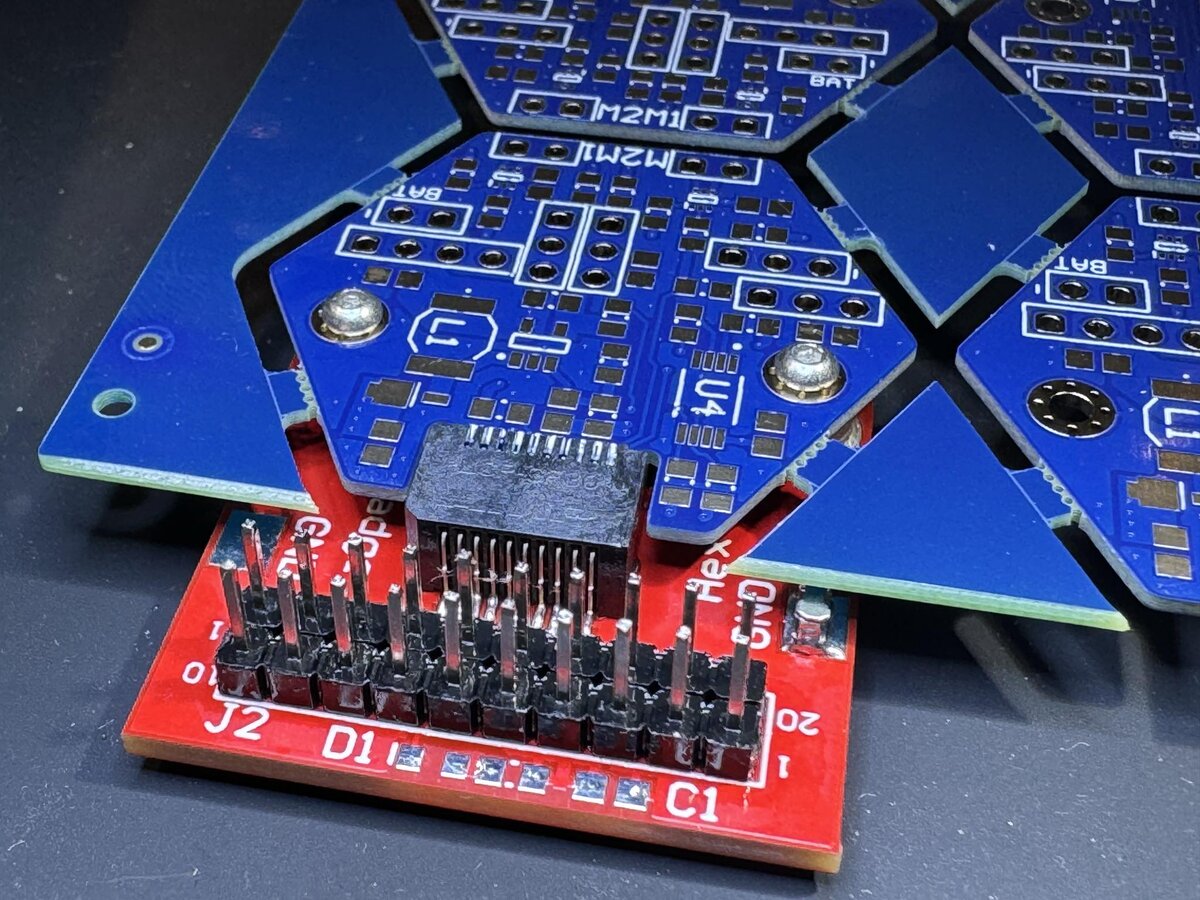 Hex-Drive and Hex-Dev by Team RobotMad
Hex-Drive and Hex-Dev by Team RobotMad 💰 BUY HERE
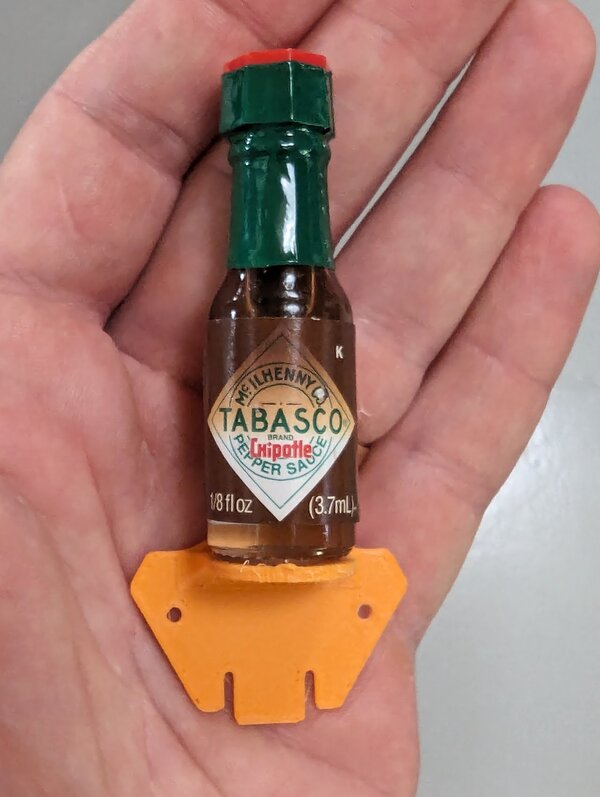 Emergency Hot Sauce hexpansion (chipotle flavor) by John Thurmond
Emergency Hot Sauce hexpansion (chipotle flavor) by John Thurmond 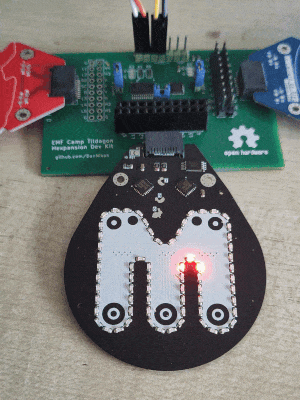 Maker Space badge by Dan
Maker Space badge by Dan Link: GitHub
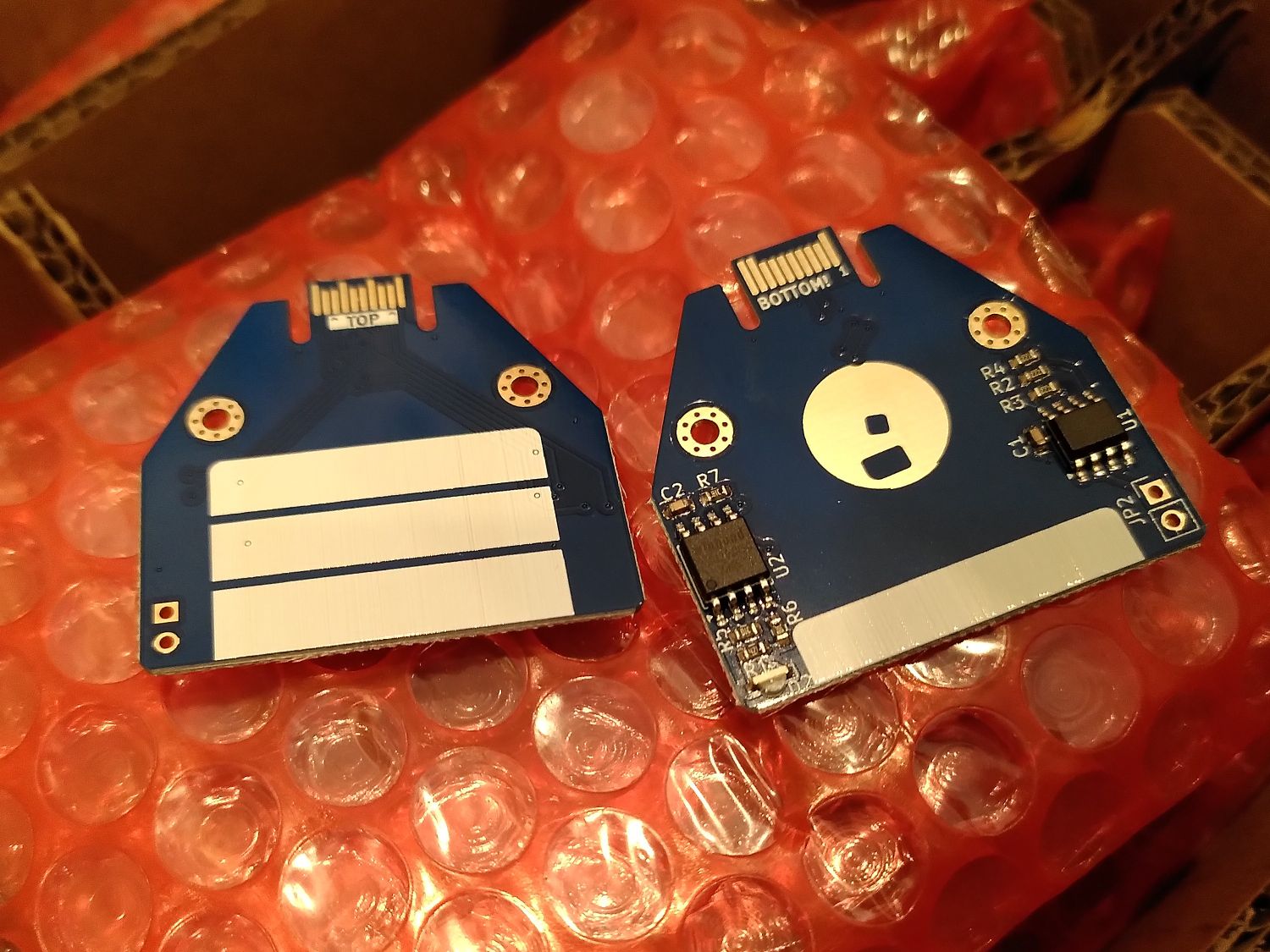 Floppy disk "Flopagon" by Nathan Dumont
Floppy disk "Flopagon" by Nathan Dumont 👀 VIEW FILES
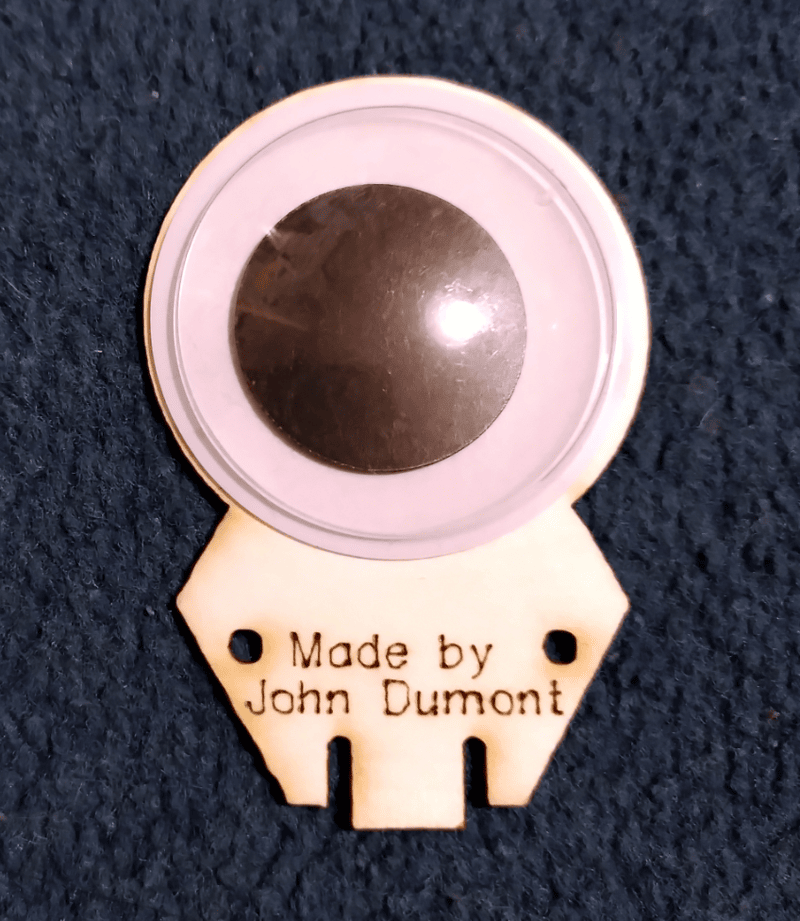 40mm Googly Eye by John Dumont
40mm Googly Eye by John Dumont  Omni wheel by Nathan Dumont
Omni wheel by Nathan Dumont 👀 VIEW FILES
 Little Monsters by Talula
Little Monsters by Talula 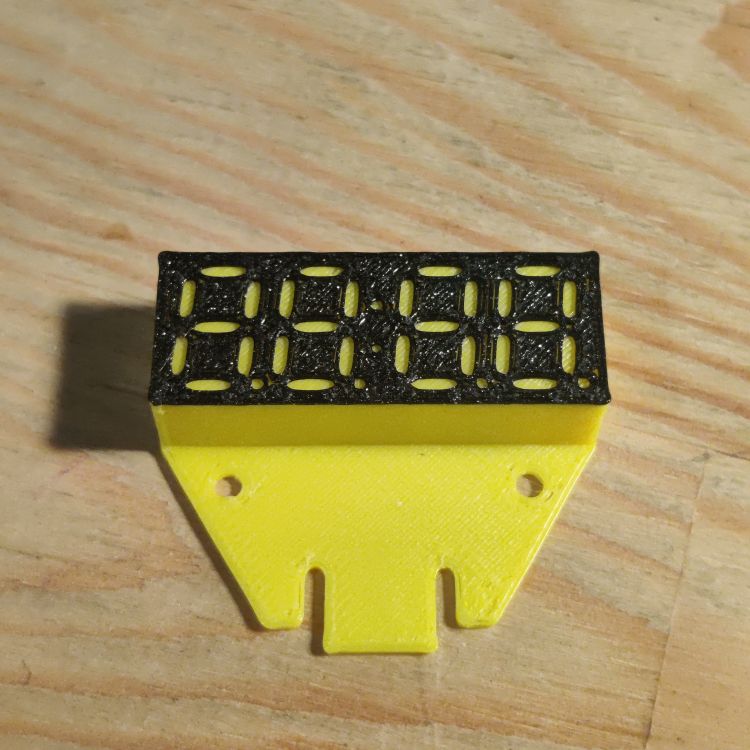 7-Segment display by Iain Yarnall
7-Segment display by Iain Yarnall 🖨️ PRINT ME
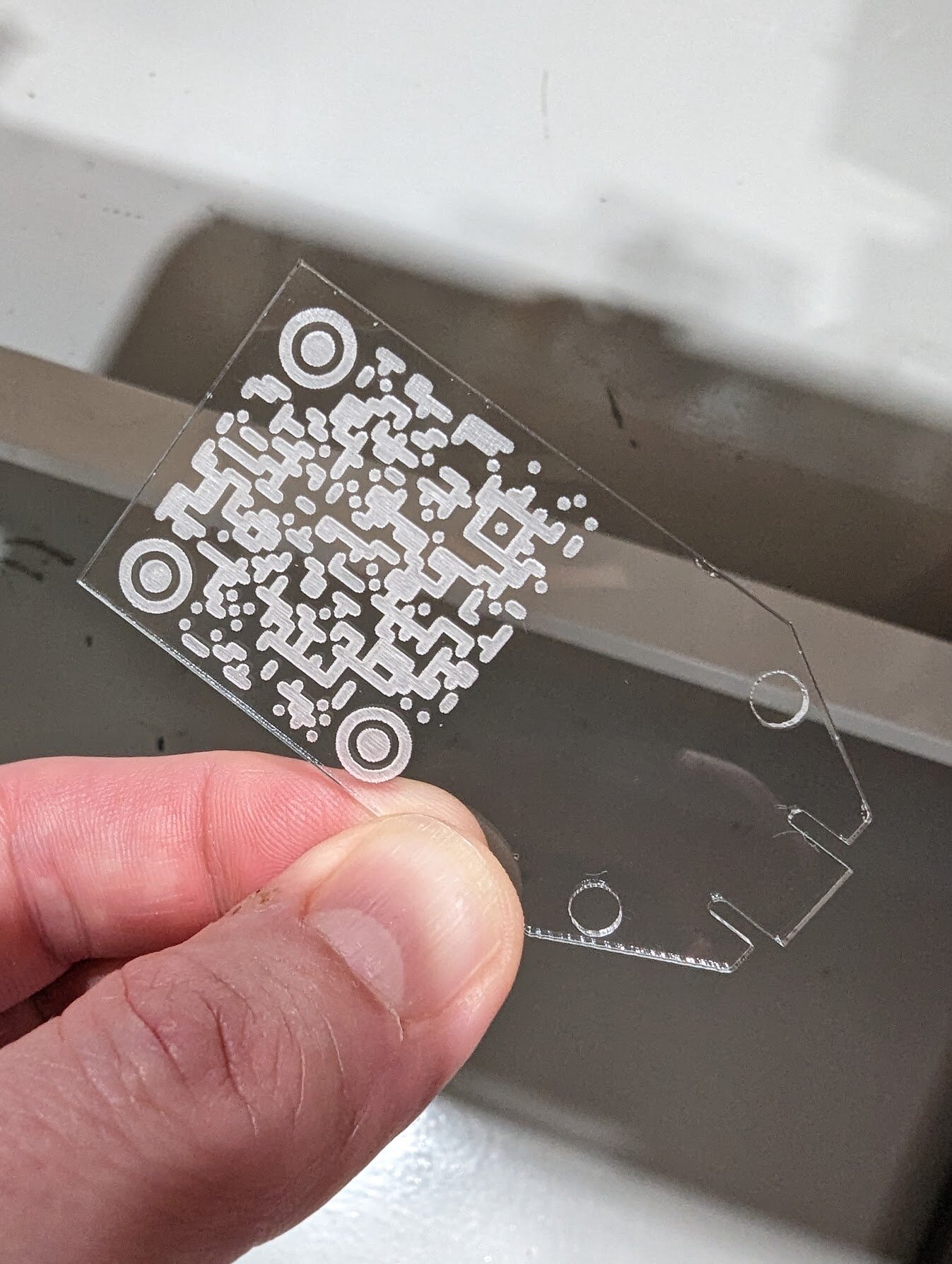 Mysterious QR Code by grajohnt
Mysterious QR Code by grajohnt 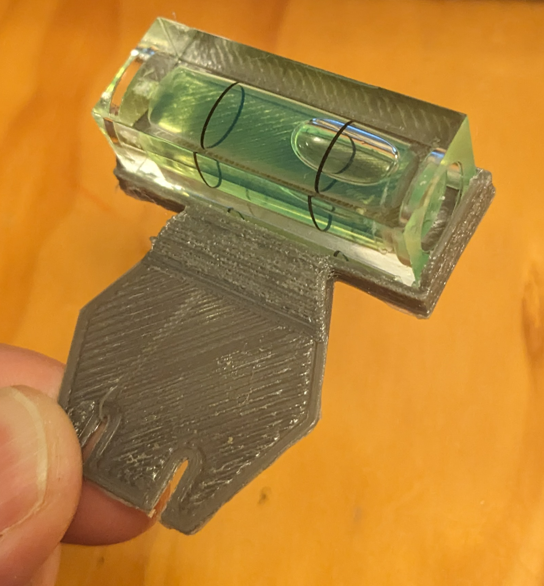 Spirit level by Chris
Spirit level by Chris  That Rabbit by Dan
That Rabbit by Dan  Le Carnard de Bleu by Dan
Le Carnard de Bleu by Dan 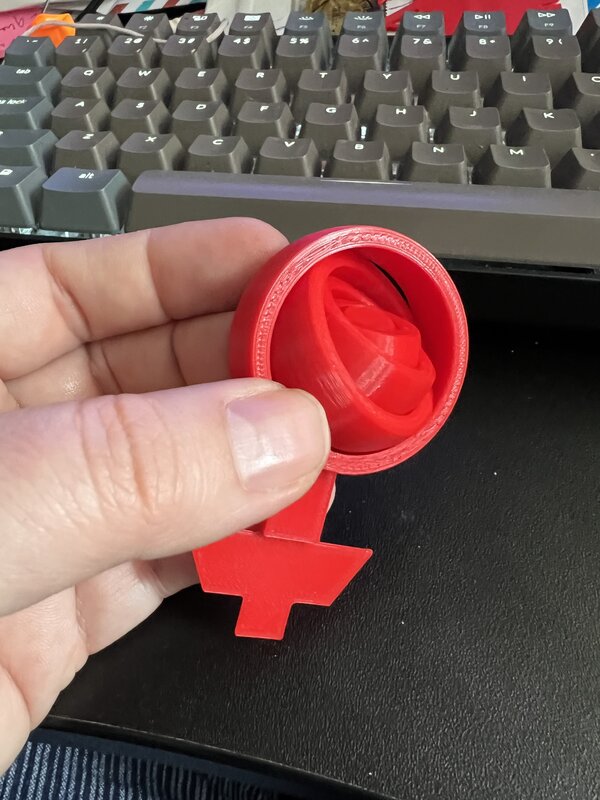 Fidget Spinner by Catherine
Fidget Spinner by Catherine 🖨️ PRINT ME
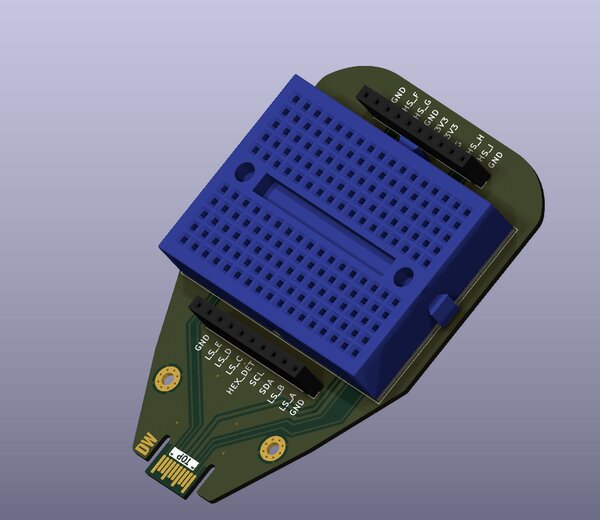 Breadbeard Hexpansion by Danny Walker
Breadbeard Hexpansion by Danny Walker 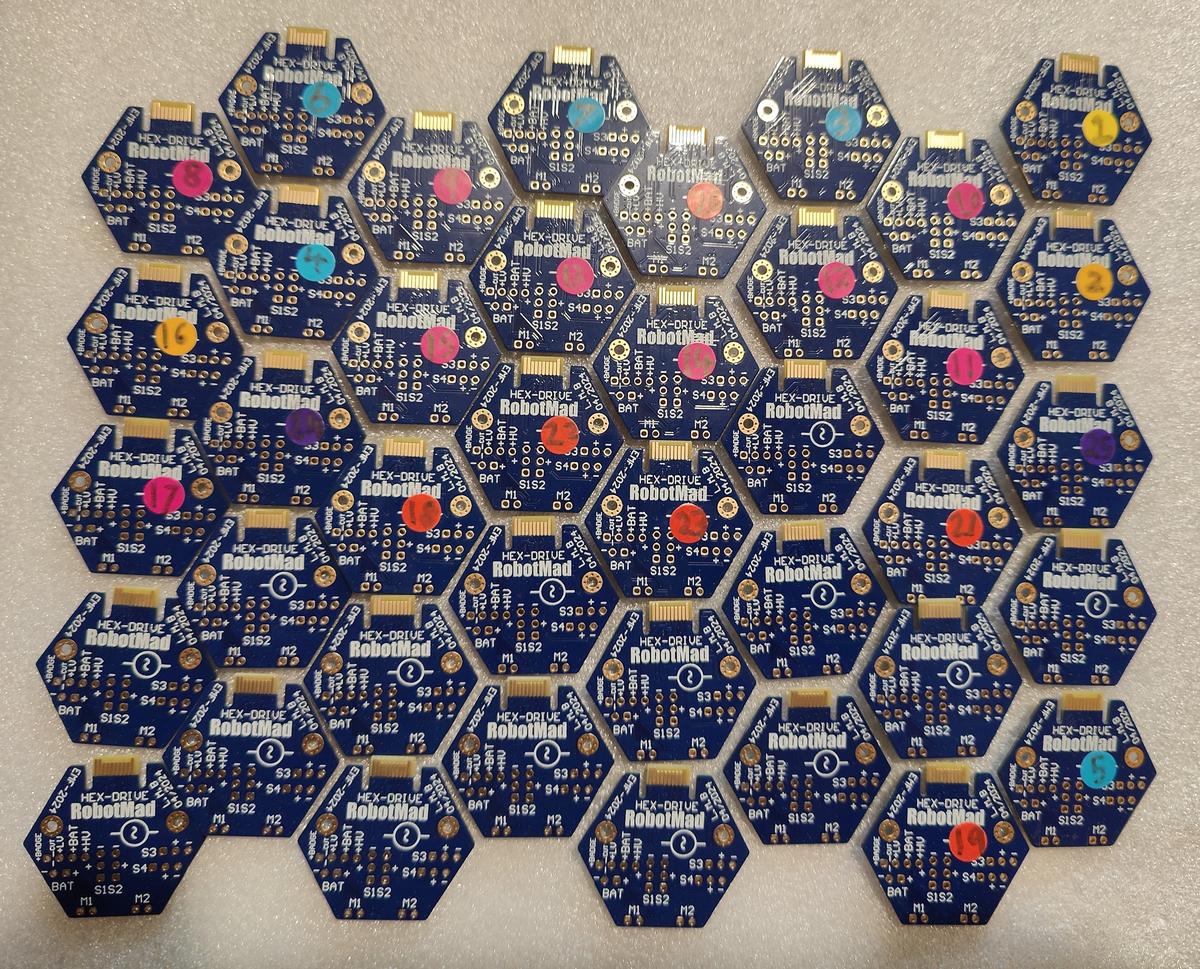 Hex-Drives by Team RobotMad
Hex-Drives by Team RobotMad 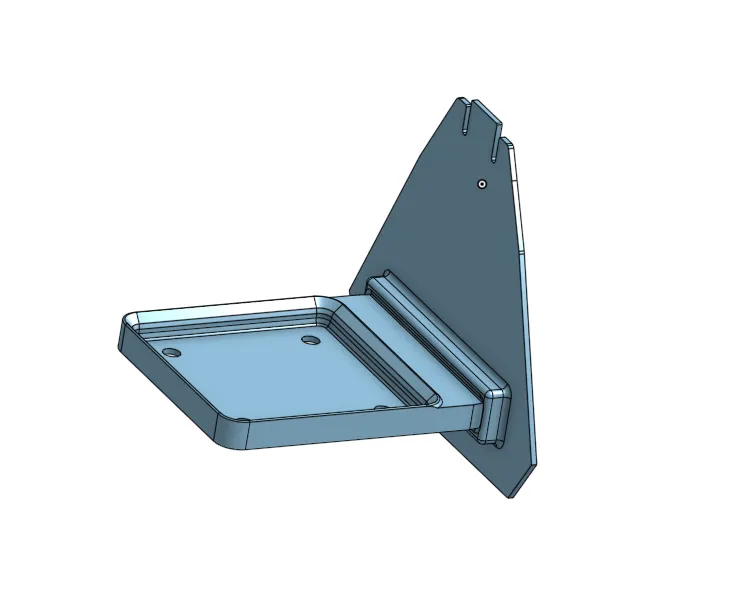 Gridfinity expansion hexpansion by Jack Fitton
Gridfinity expansion hexpansion by Jack Fitton 🖨️ PRINT ME
 GCHQ.NET markers by GCHQ.NET
GCHQ.NET markers by GCHQ.NET Link: GCHQ
 Megadrive controller by Matthew Wilkes
Megadrive controller by Matthew Wilkes  Eye hexpansion by Alistair
Eye hexpansion by Alistair 🖨️ PRINT ME
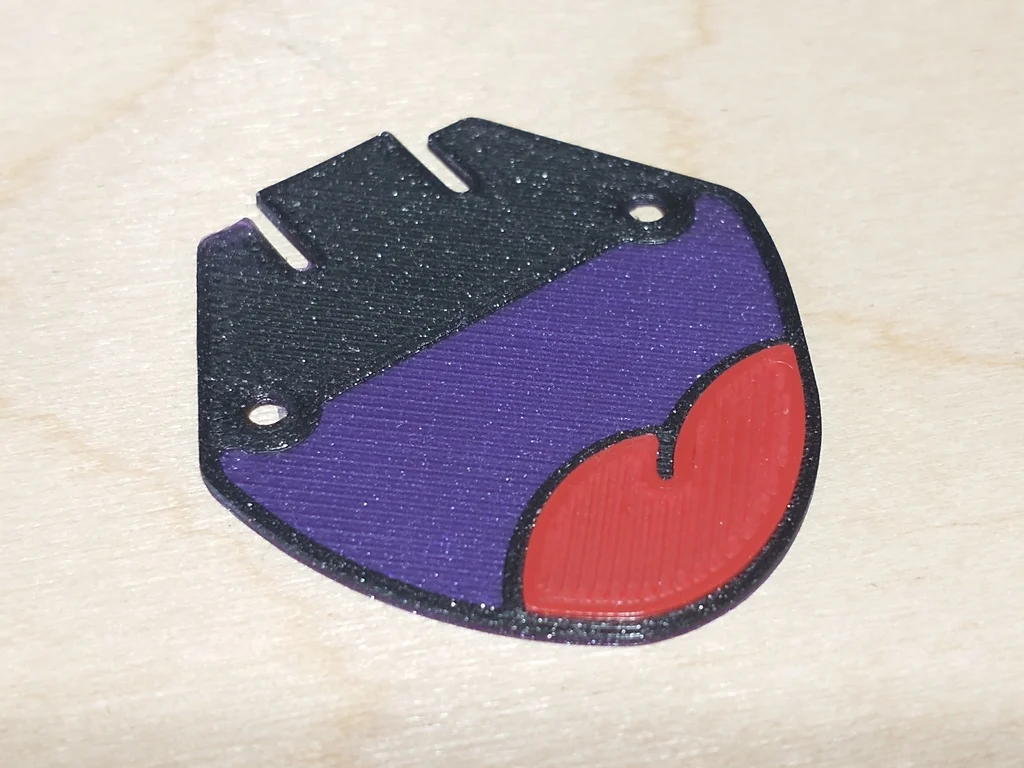 Smile hexpansion by Alistair
Smile hexpansion by Alistair 🖨️ PRINT ME
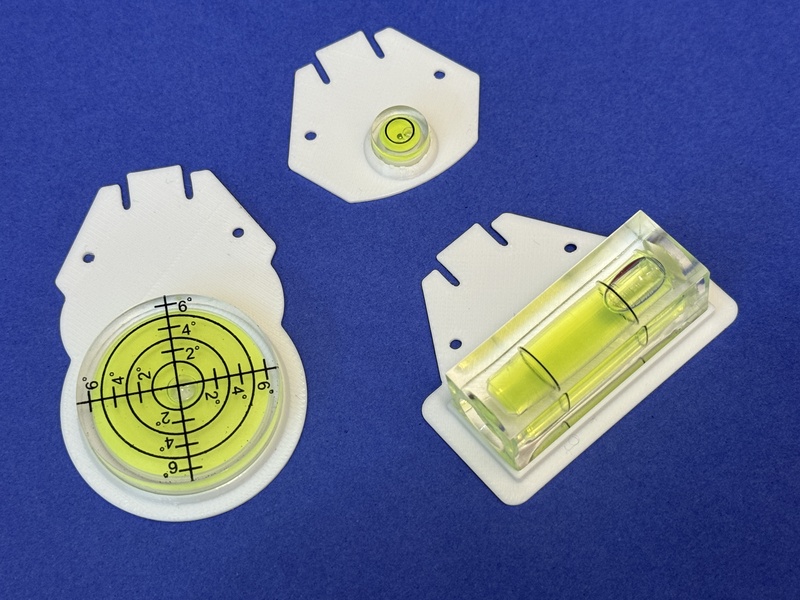 Spirit level hexpansions by Andy Piper
Spirit level hexpansions by Andy Piper 🖨️ PRINT ME
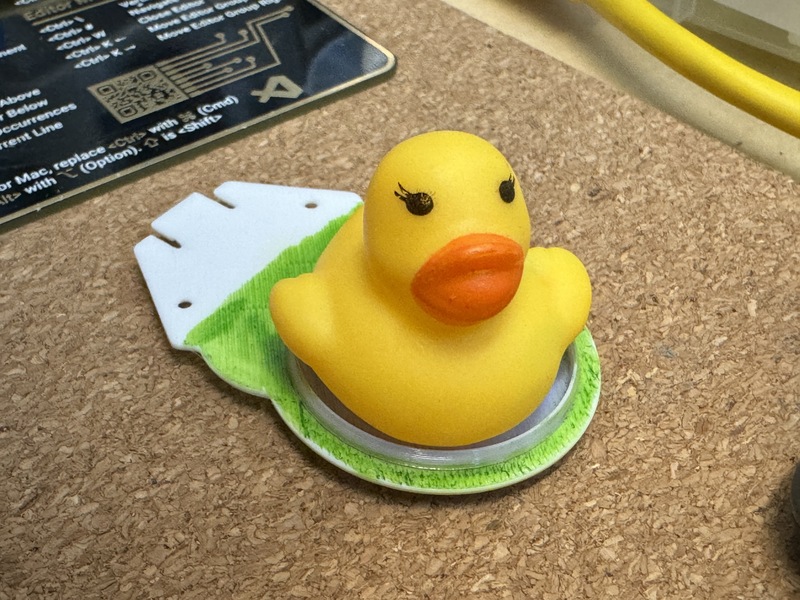 Duck pond hexpansion by Andy Piper
Duck pond hexpansion by Andy Piper 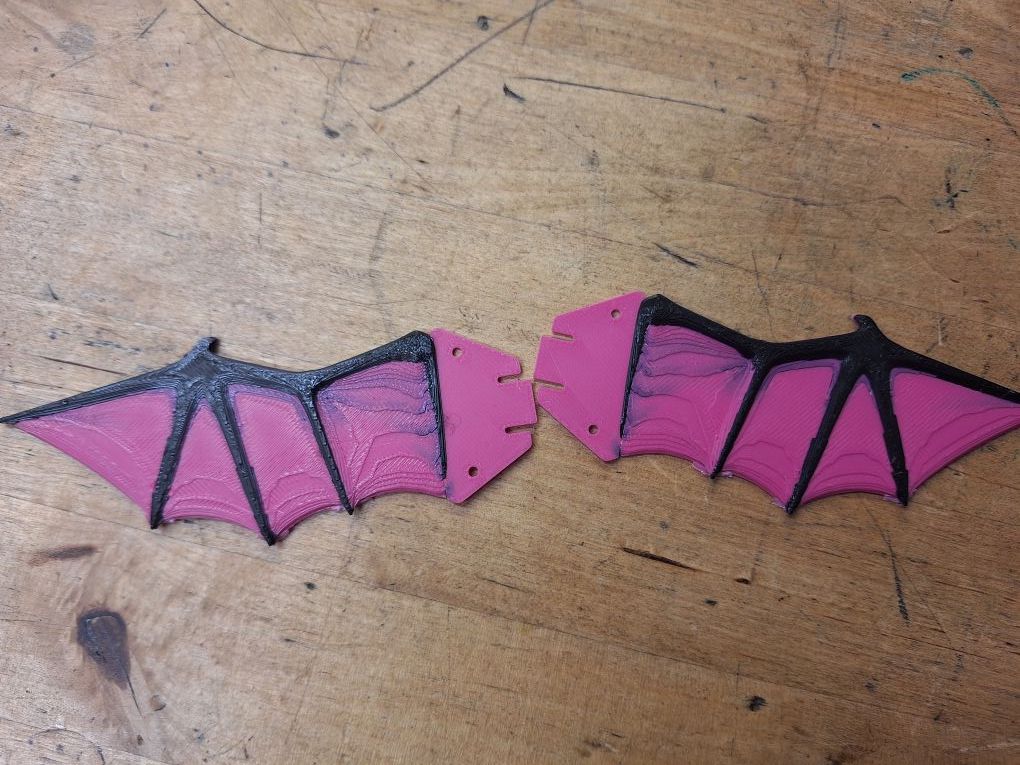 Bat wing hexpansions by clayalien
Bat wing hexpansions by clayalien 🖨️ PRINT ME
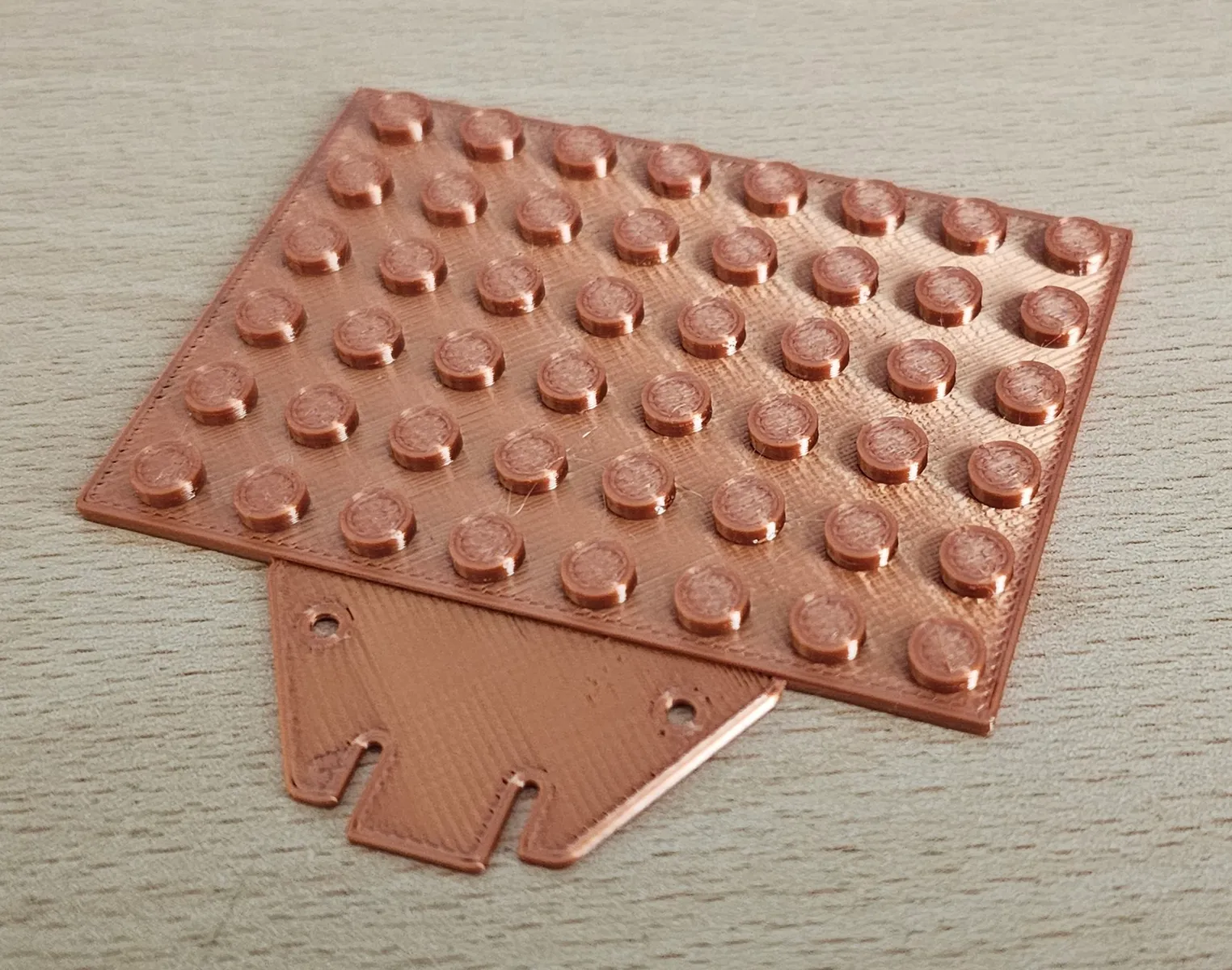 Not lego baseplate hexpansion by adie
Not lego baseplate hexpansion by adie 🖨️ PRINT ME
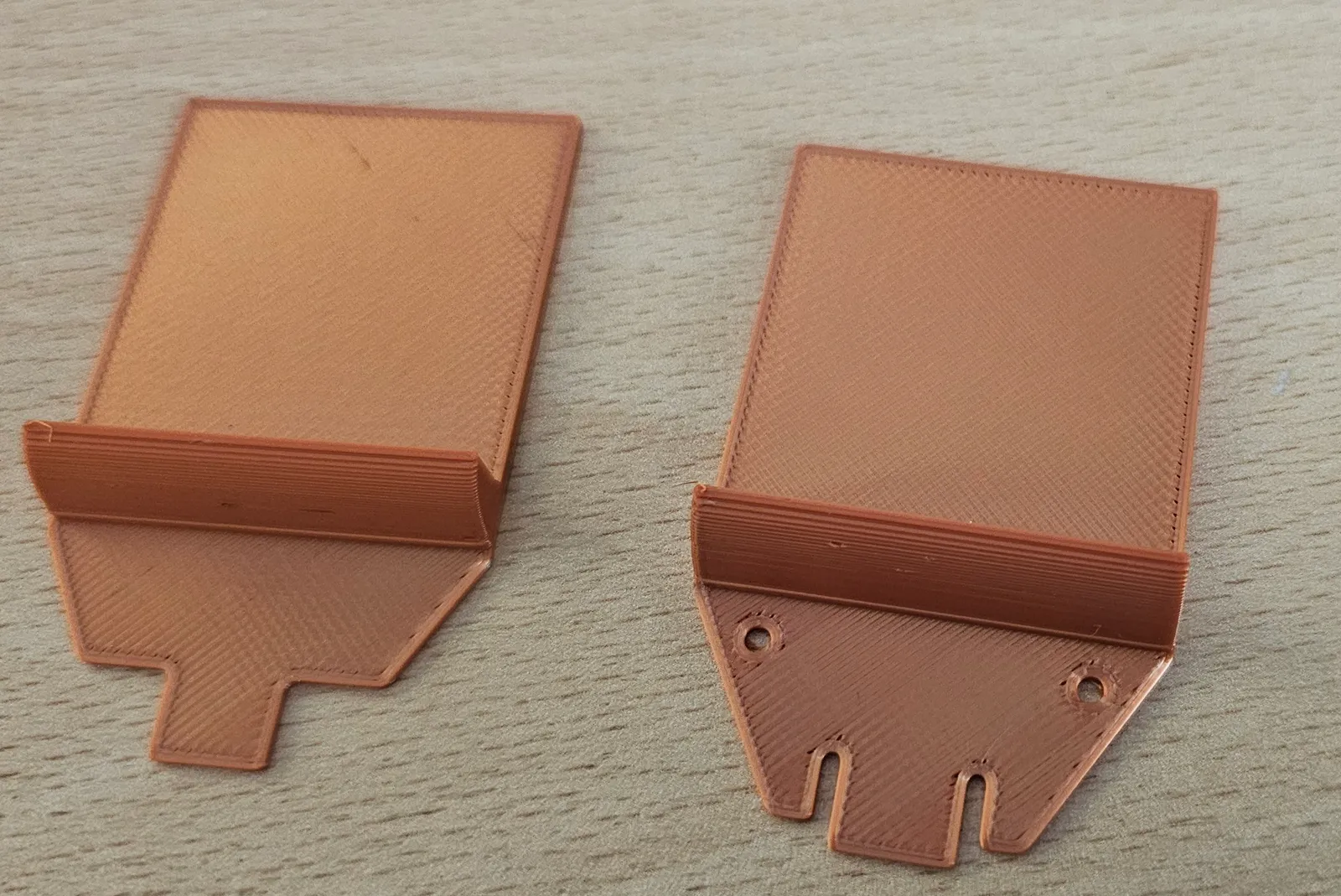 Display platform hexpansion by adie
Display platform hexpansion by adie 🖨️ PRINT ME
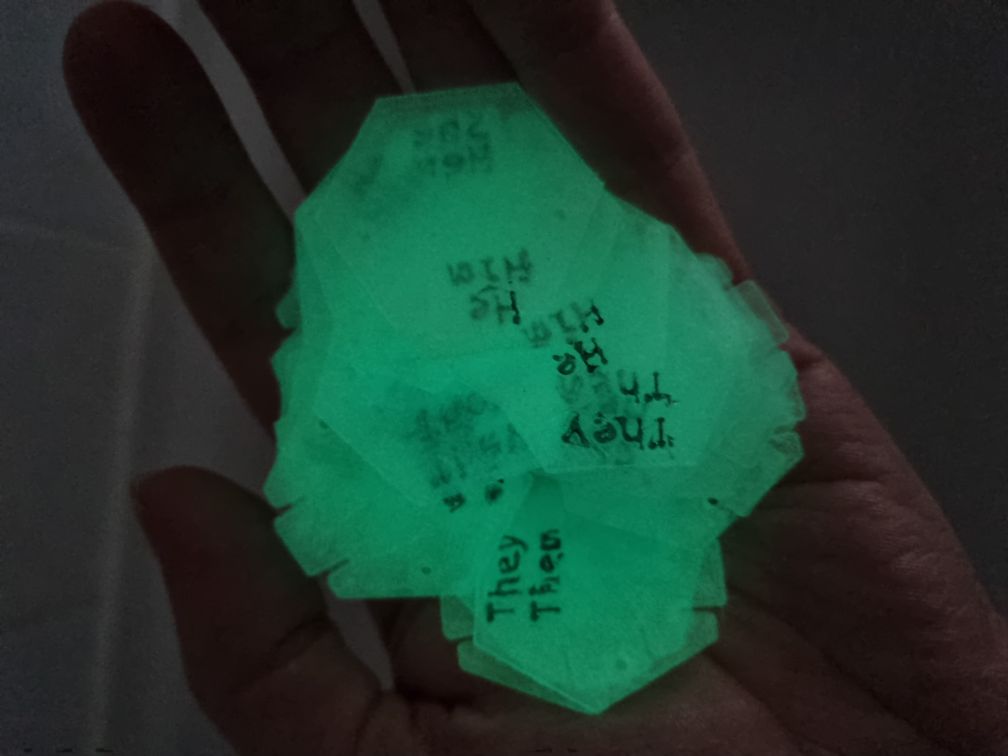 Glowing pronoun hexpansions by Emily S
Glowing pronoun hexpansions by Emily S 🖨️ PRINT ME
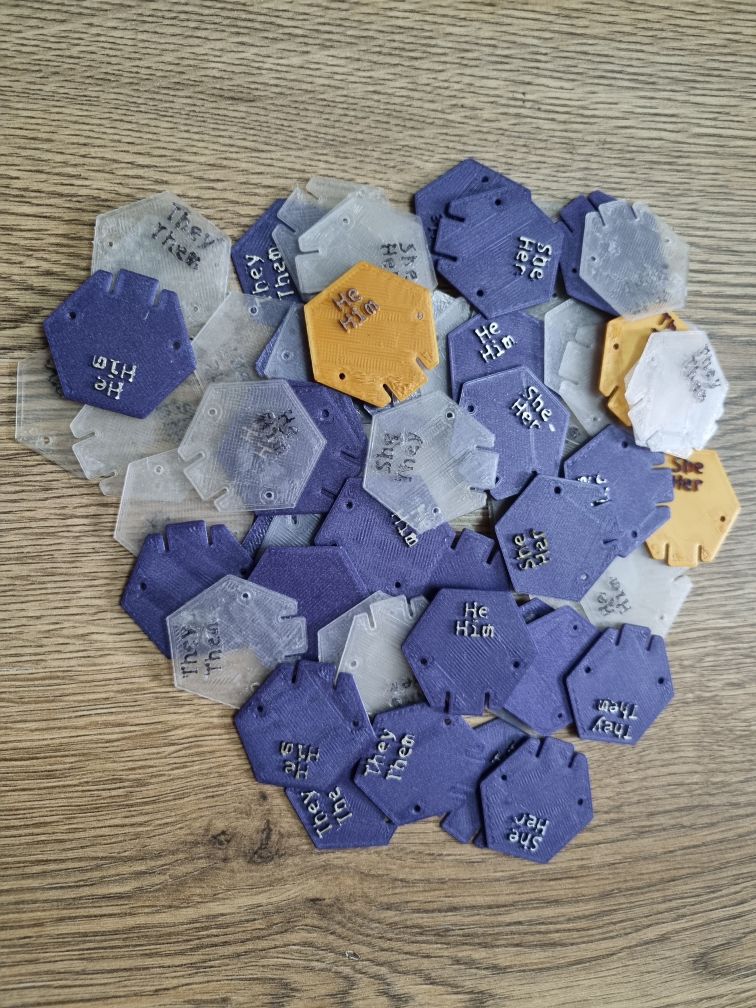 Pronoun hexpansions by Emily S
Pronoun hexpansions by Emily S 🖨️ PRINT ME
 Keyboard by Bob
Keyboard by Bob 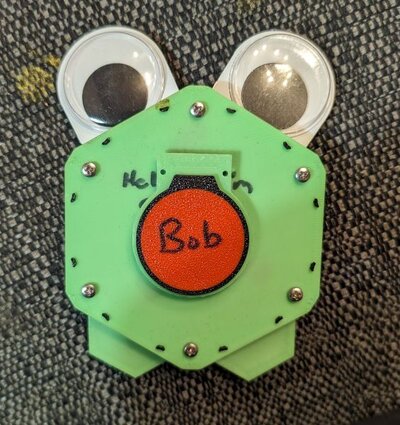 Frog prototype by Bob
Frog prototype by Bob 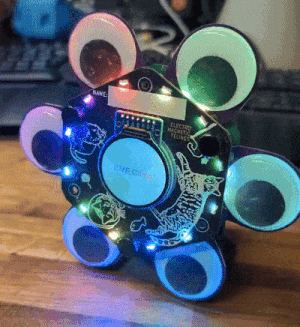 Many eyes by Bob
Many eyes by Bob 👀 VIEW FILES

👀 VIEW FILES
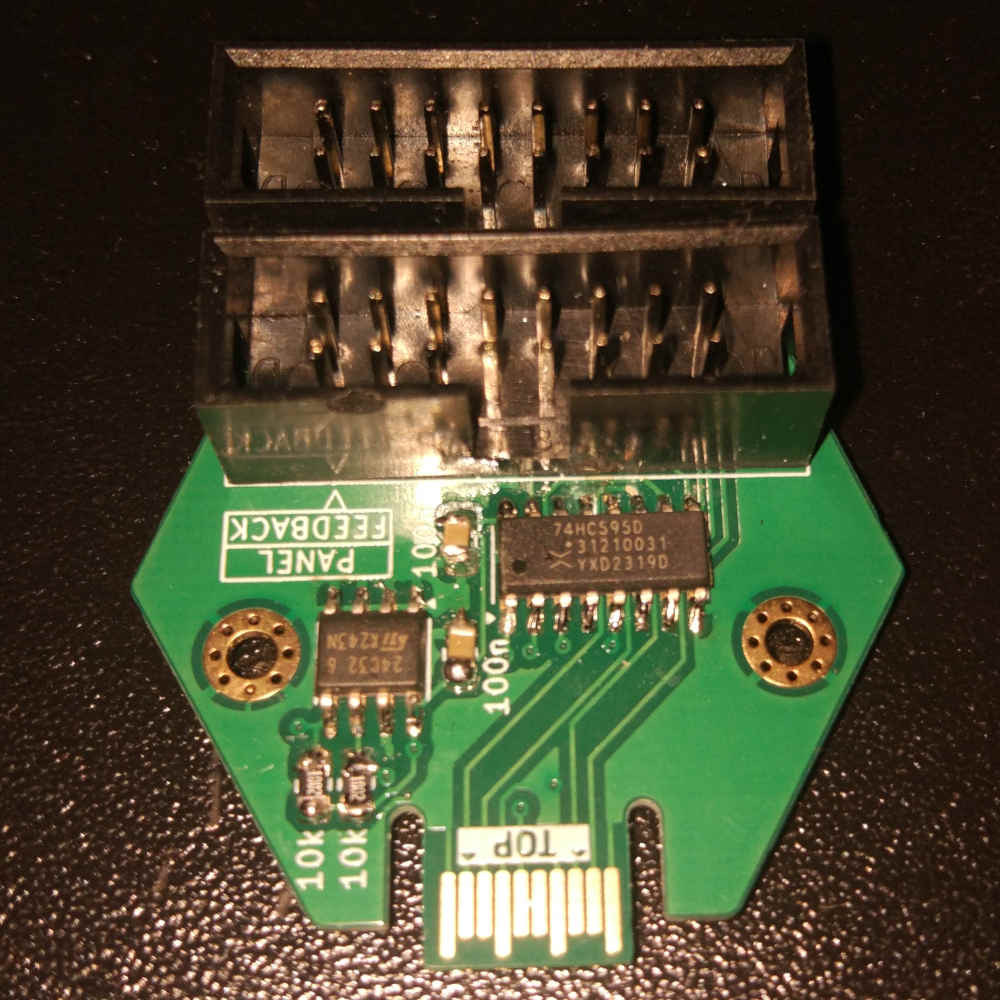 HUB75 hexpansion by dratini0
HUB75 hexpansion by dratini0 👀 VIEW FILES
 Blank Hexpansion by Nathan Dumont
Blank Hexpansion by Nathan Dumont  Corellian Freighter Hexpansion by Andy Piper
Corellian Freighter Hexpansion by Andy Piper 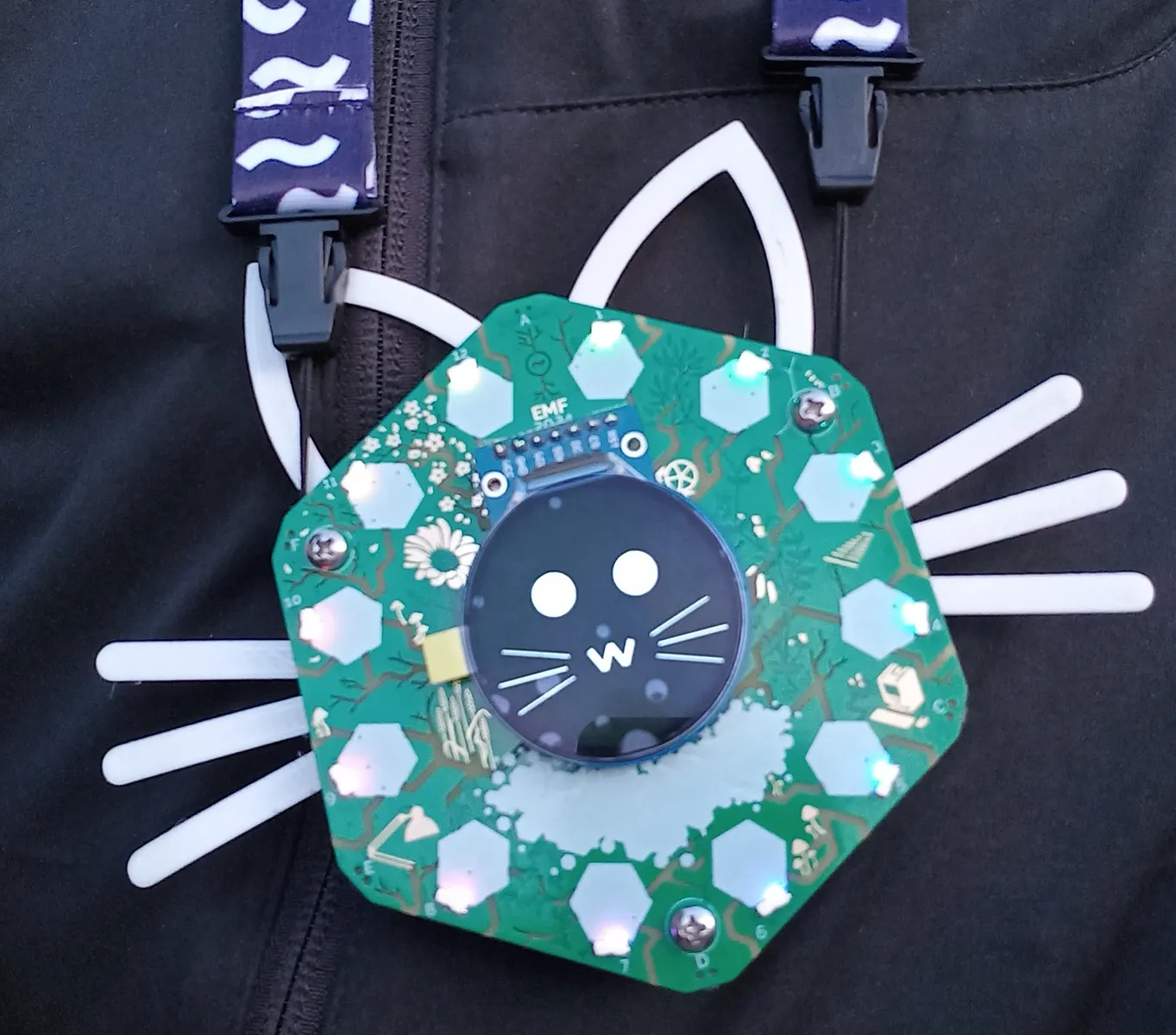 Cat ears and whiskers by catnerd
Cat ears and whiskers by catnerd 🖨️ PRINT ME
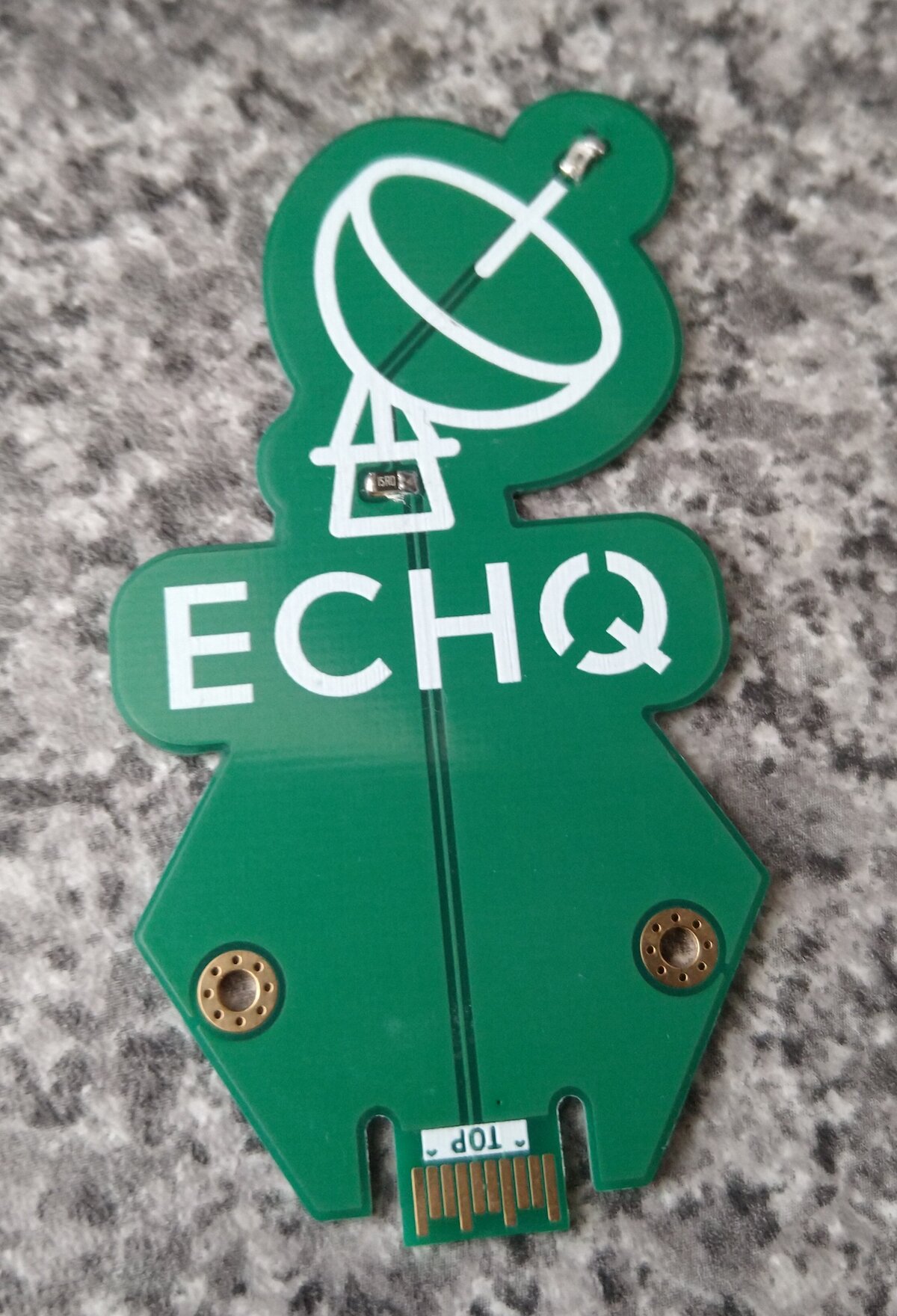 ECHQ hexpansion by ECHQ village
ECHQ hexpansion by ECHQ village 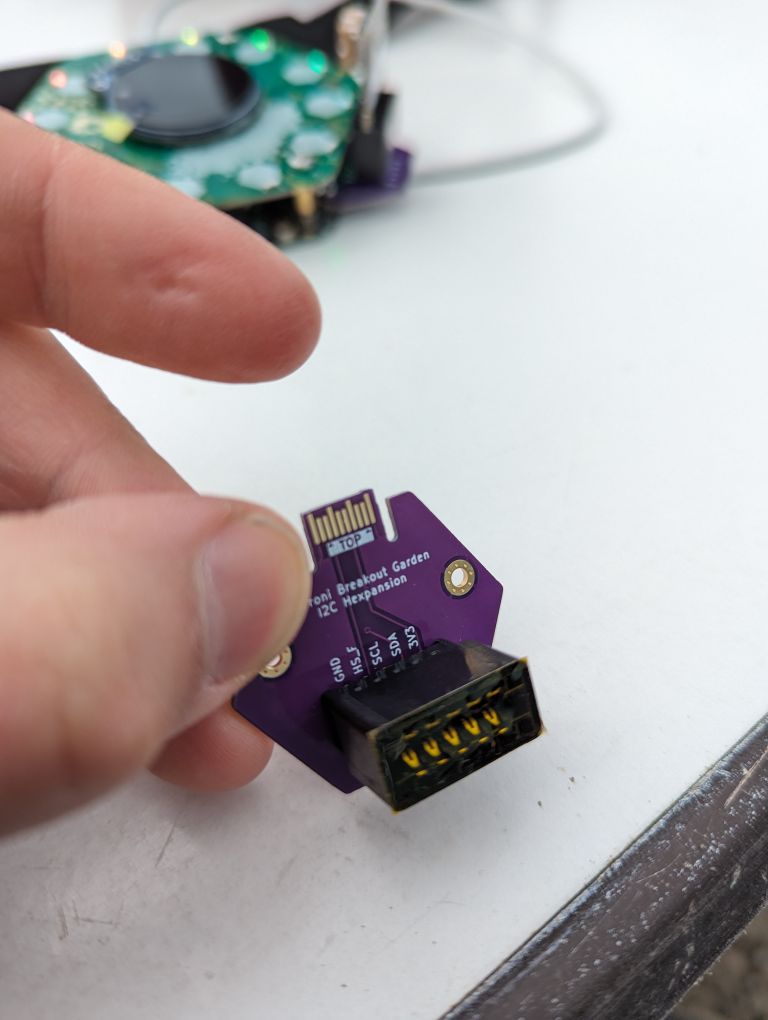 Pimoroni Breakout Garden I2C by James Sutton
Pimoroni Breakout Garden I2C by James Sutton Link: GitHub
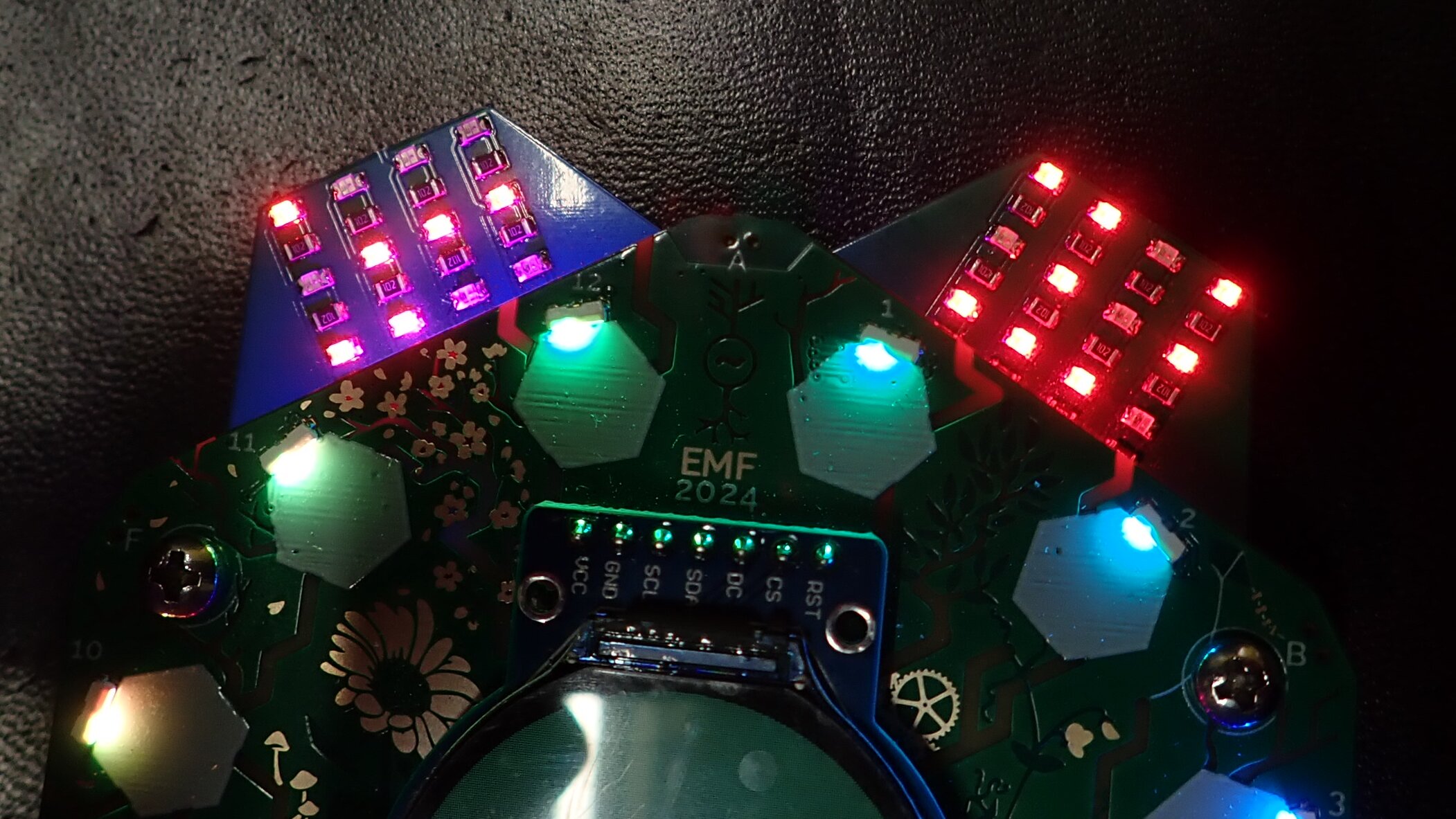 Hexaspansaputer (hexpansion supercomputer) by o0mouse0o
Hexaspansaputer (hexpansion supercomputer) by o0mouse0o 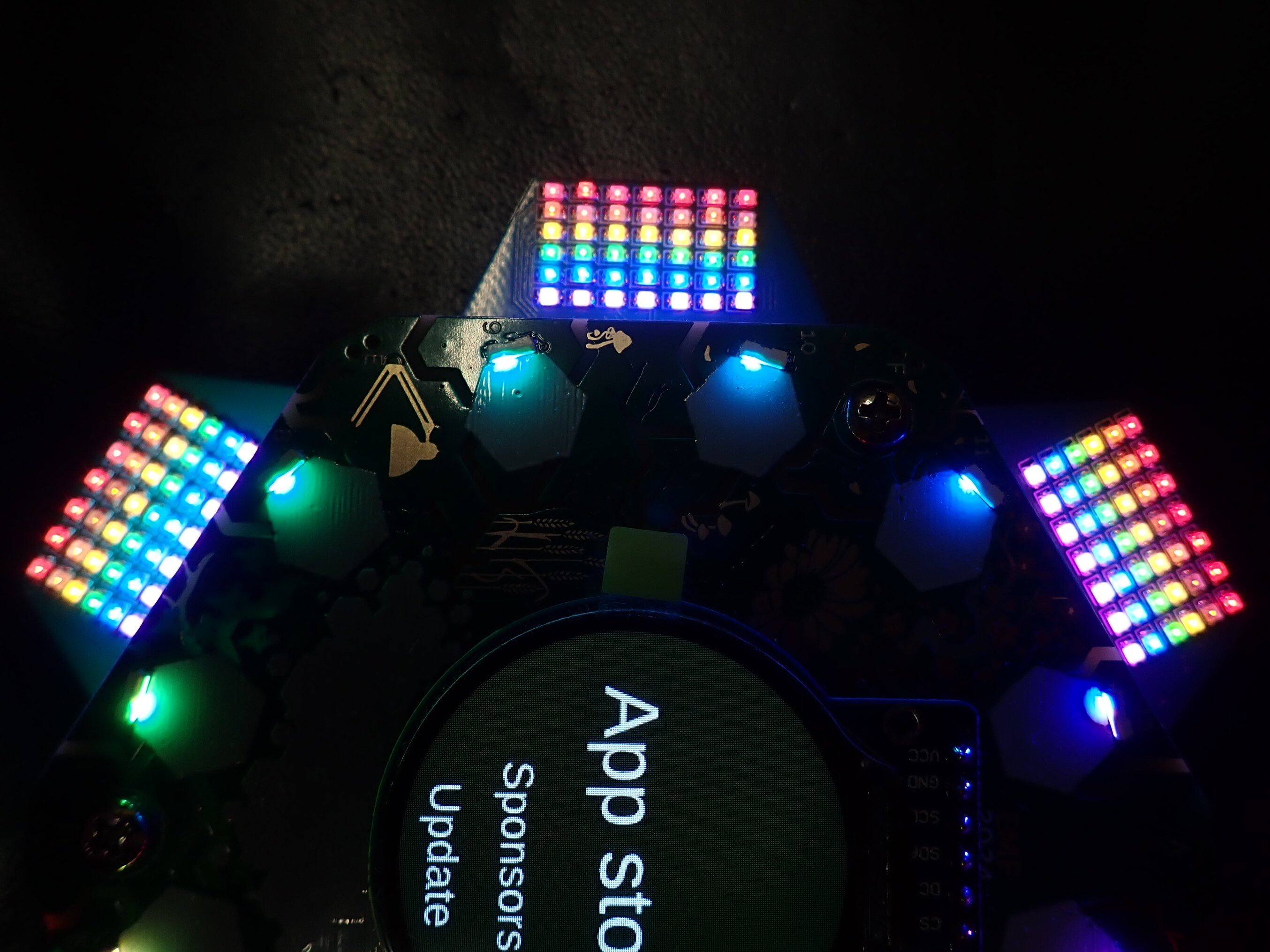 A pride rainbow by o0mouse0o
A pride rainbow by o0mouse0o 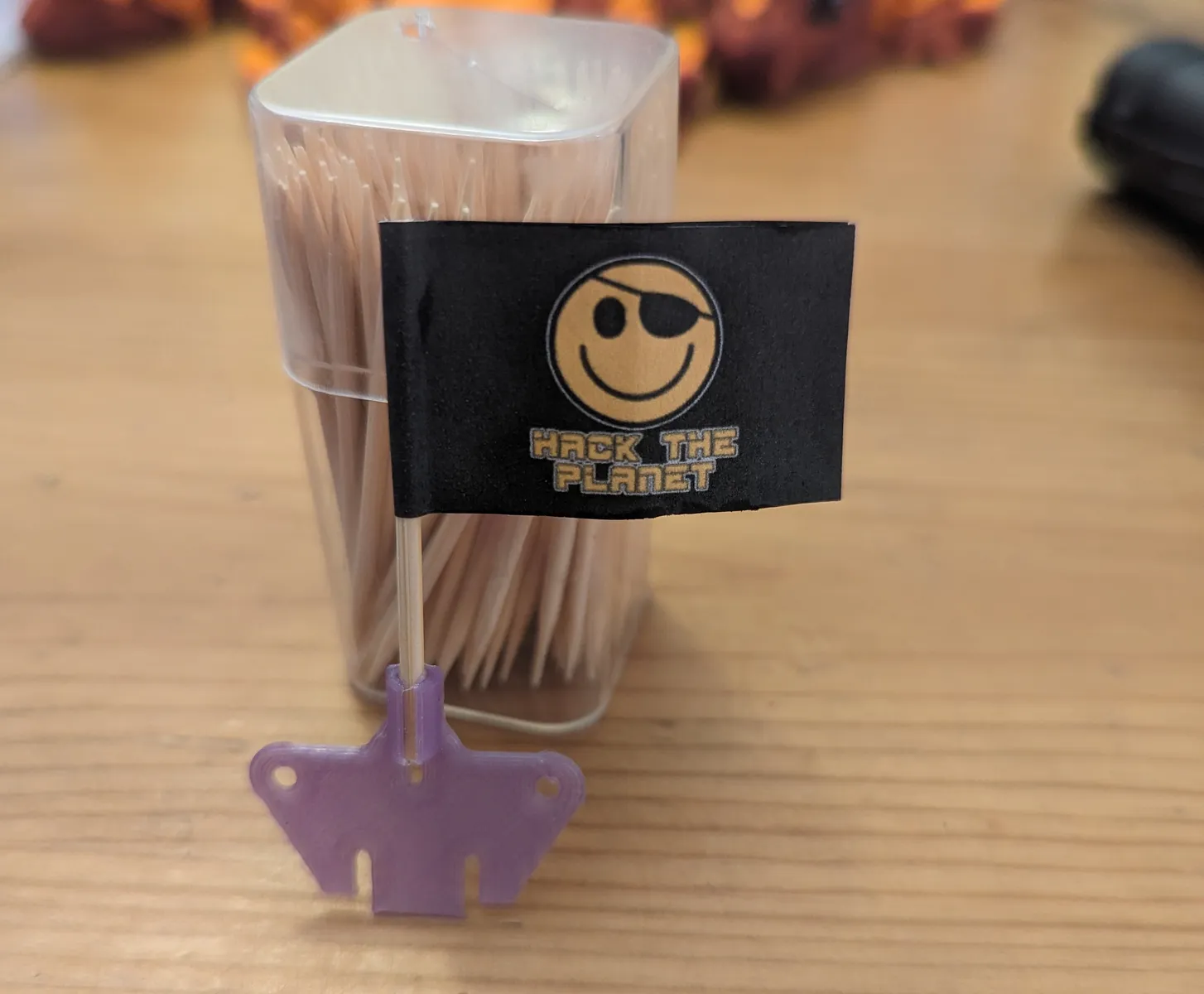 6flags Hexpansion by Ambrosia
6flags Hexpansion by Ambrosia 🖨️ PRINT ME
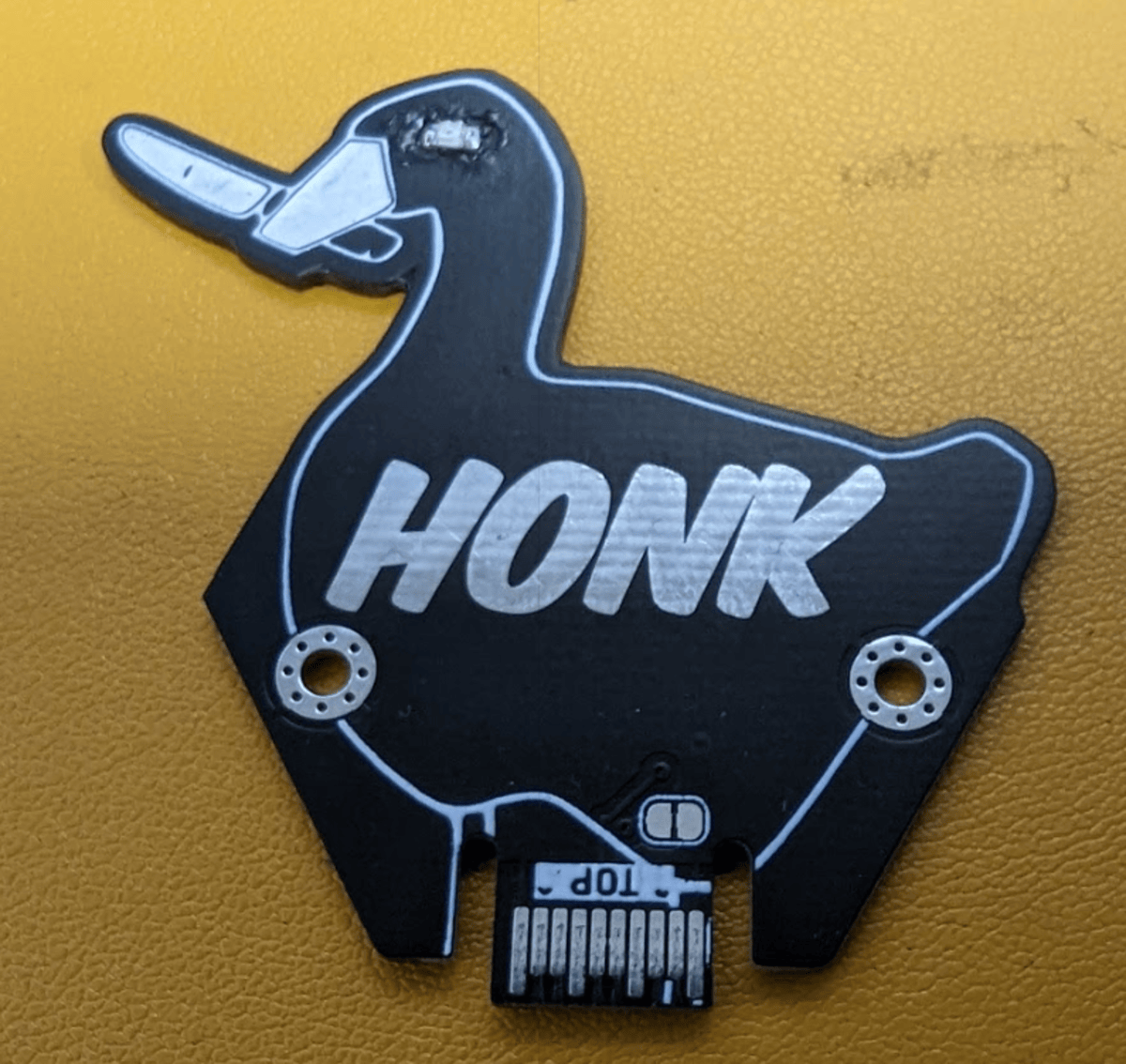 Simple Honk by The Untitled Goose
Simple Honk by The Untitled Goose  Pacman by The Untitled Goose
Pacman by The Untitled Goose 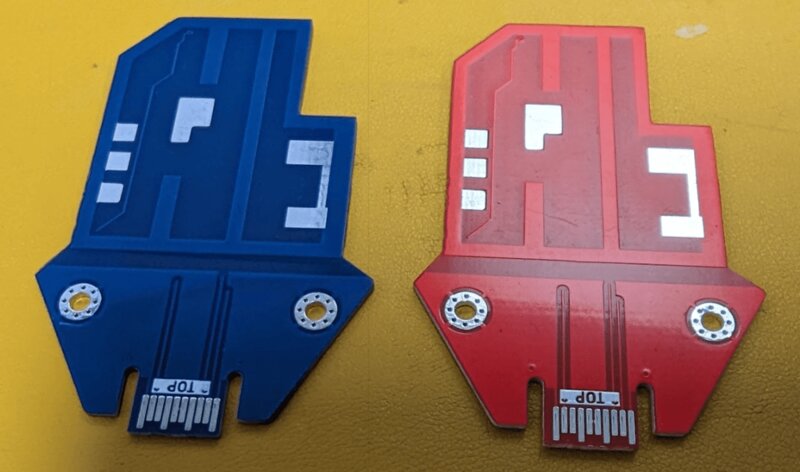 Doom Keycard by The Untitled Goose
Doom Keycard by The Untitled Goose 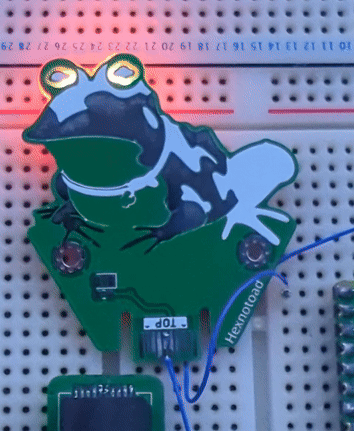 Hexnotoad by The Untitled Goose
Hexnotoad by The Untitled Goose 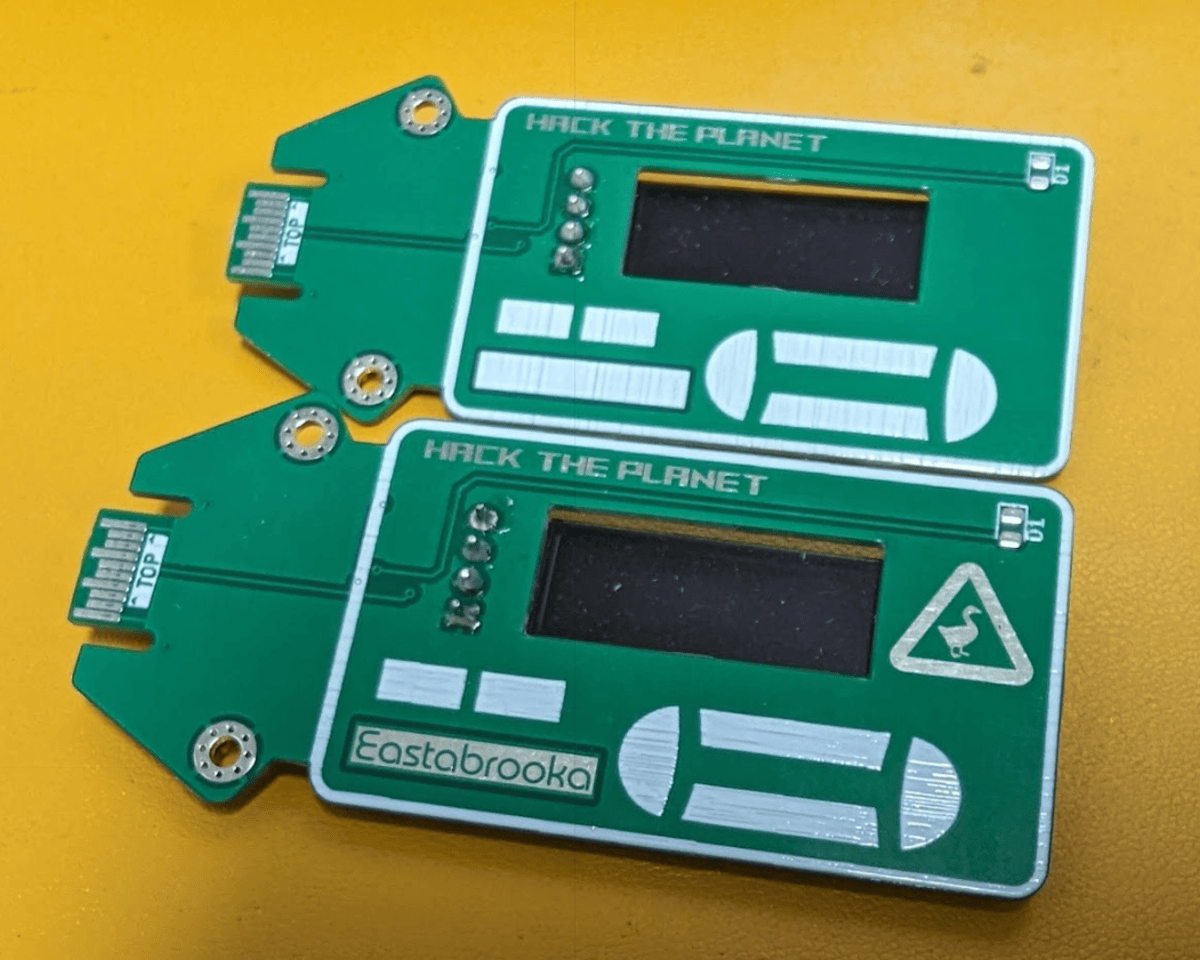 Hack the Planet by The Untitled Goose
Hack the Planet by The Untitled Goose 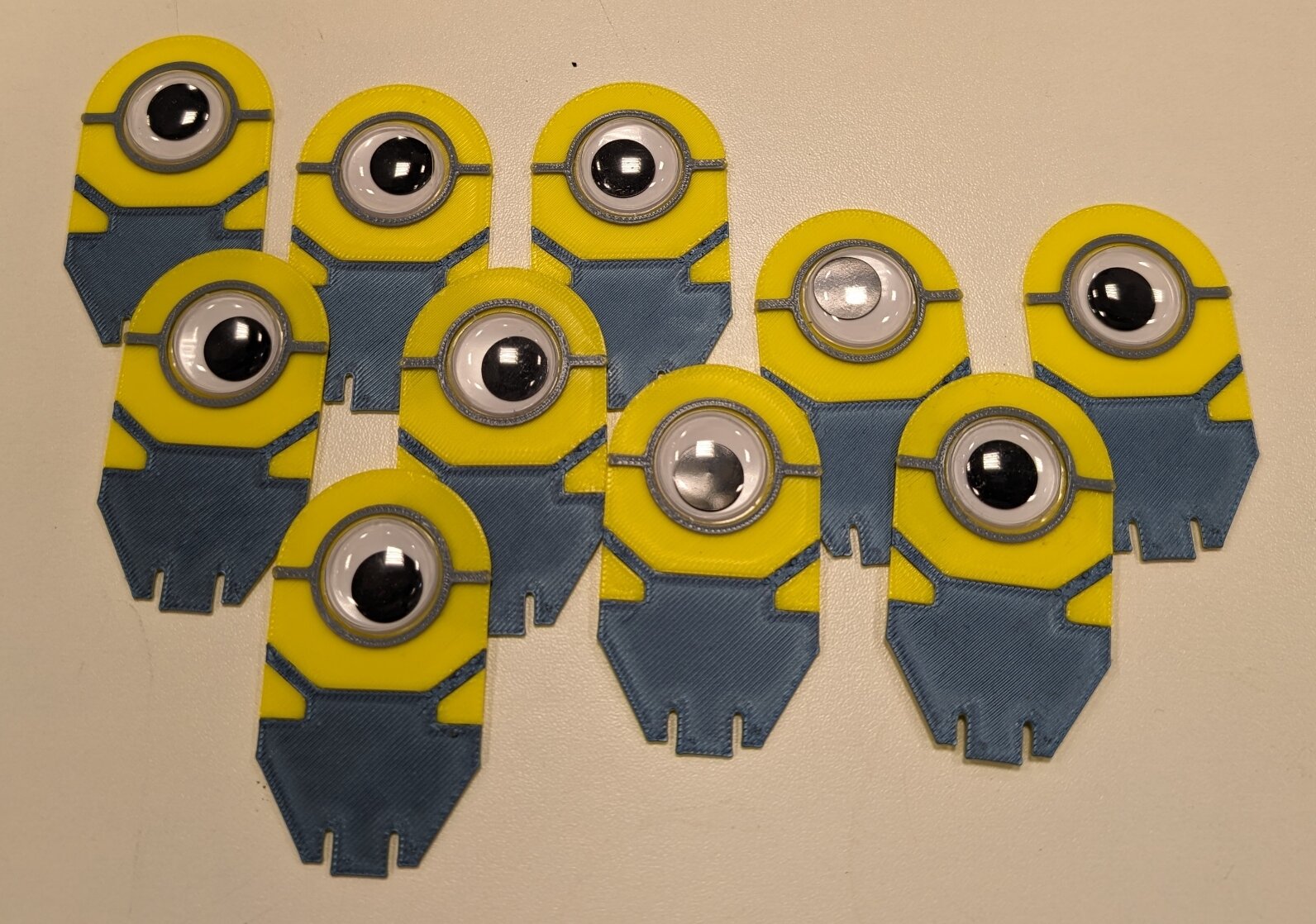 Henchmen by Brian Corteil
Henchmen by Brian Corteil  Googly Eye Alien by Brian Corteil
Googly Eye Alien by Brian Corteil 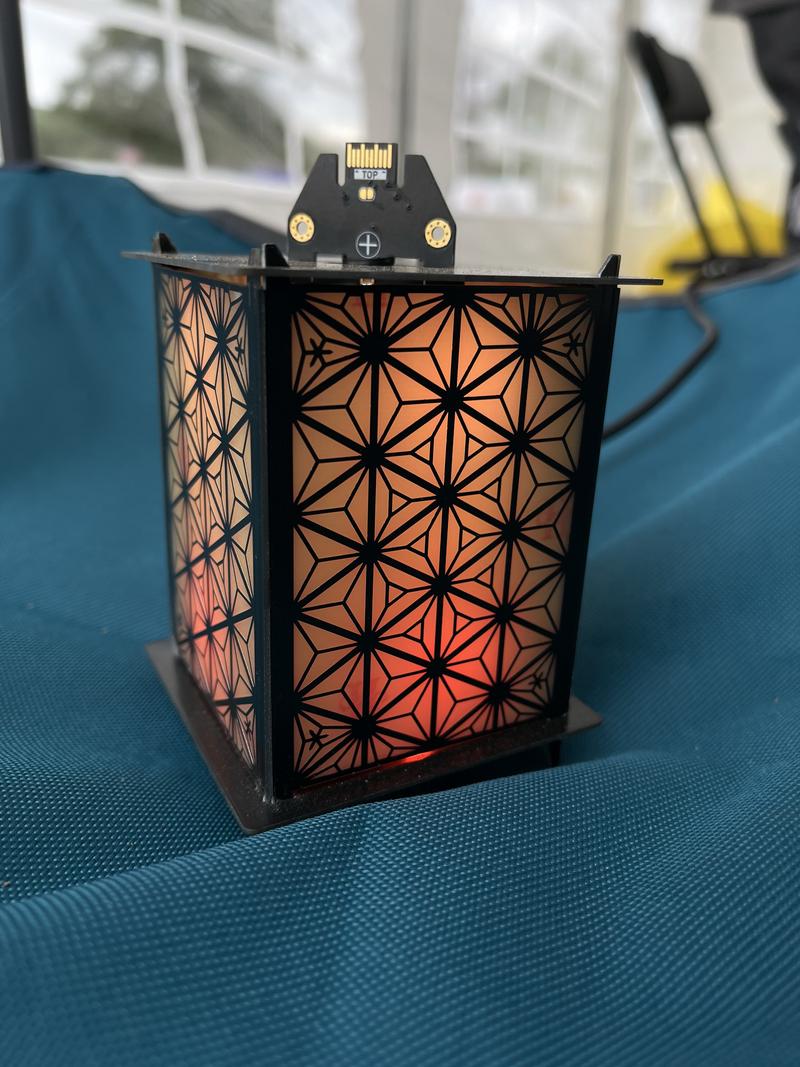 Lamp hexpansion by Tilde
Lamp hexpansion by Tilde 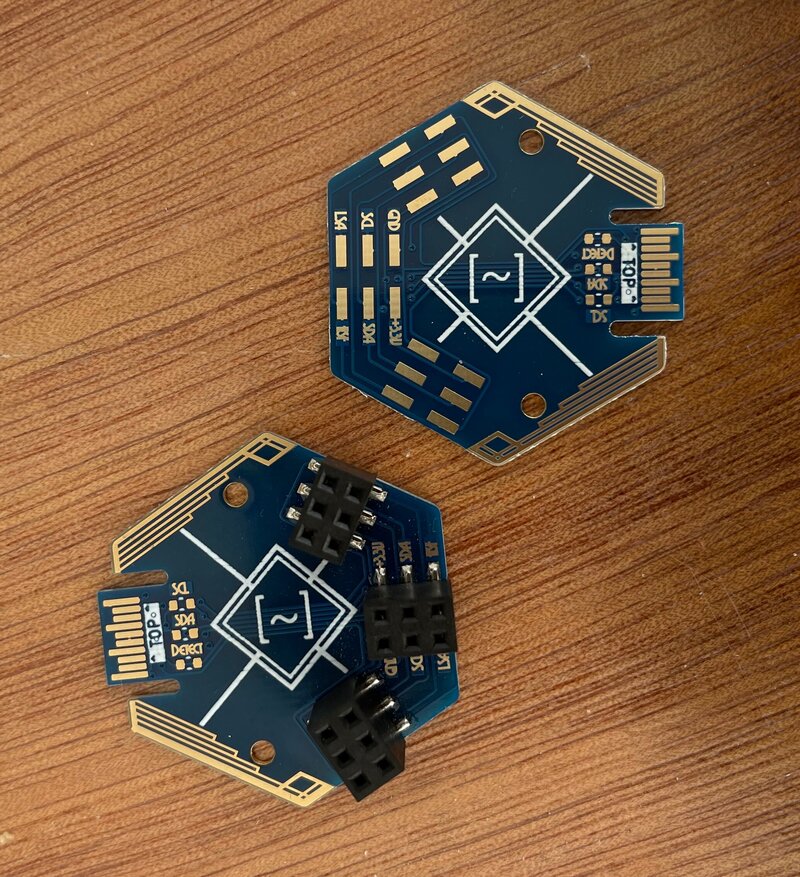 Breakout hexpansion by Tilde
Breakout hexpansion by Tilde 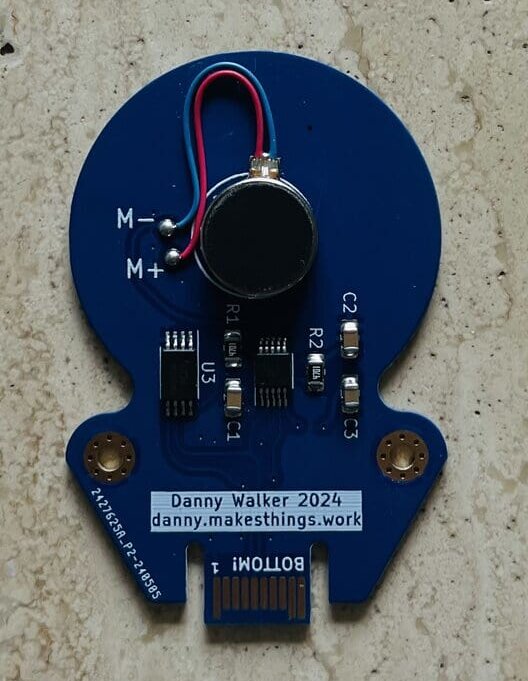 Caffeine Jitters by Danny Walker
Caffeine Jitters by Danny Walker 👀 VIEW FILES
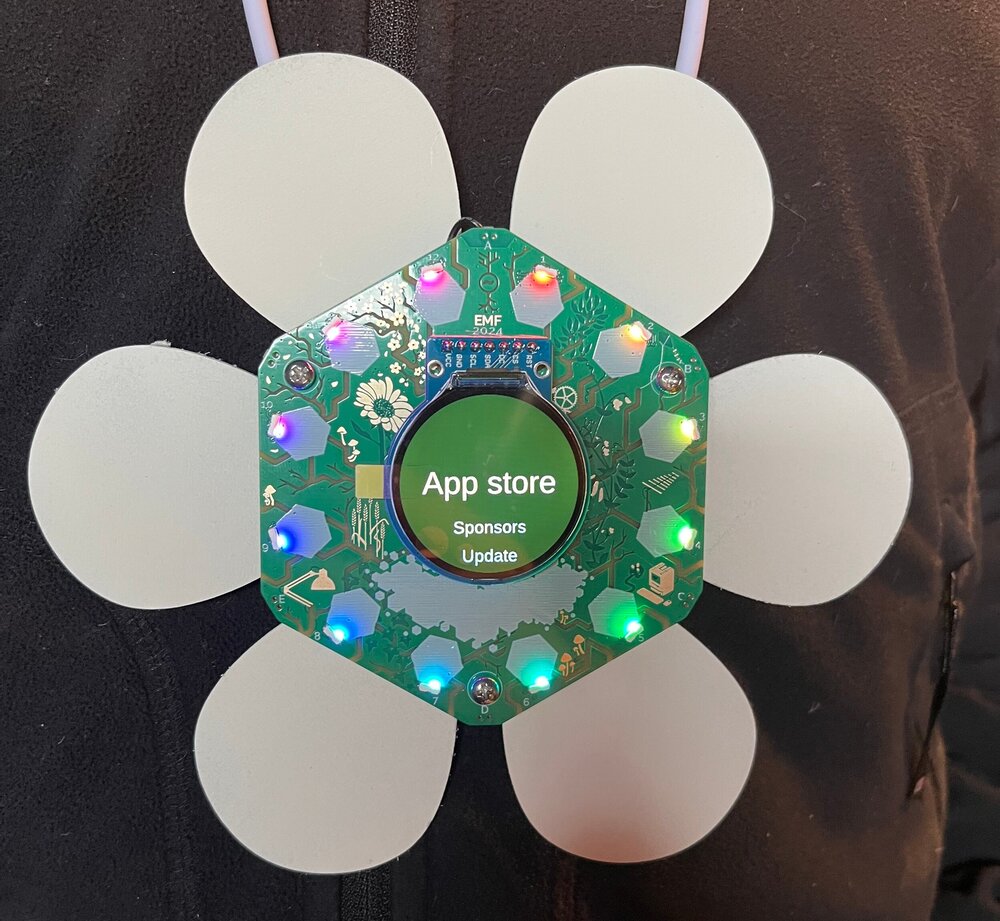 Petals by lornajane
Petals by lornajane 👀 VIEW FILES
Petals on a badge
 Laser Tag Shieldallion by kianryan
Laser Tag Shieldallion by kianryan Software link may be available later...
 Cat hexpansion
Cat hexpansion 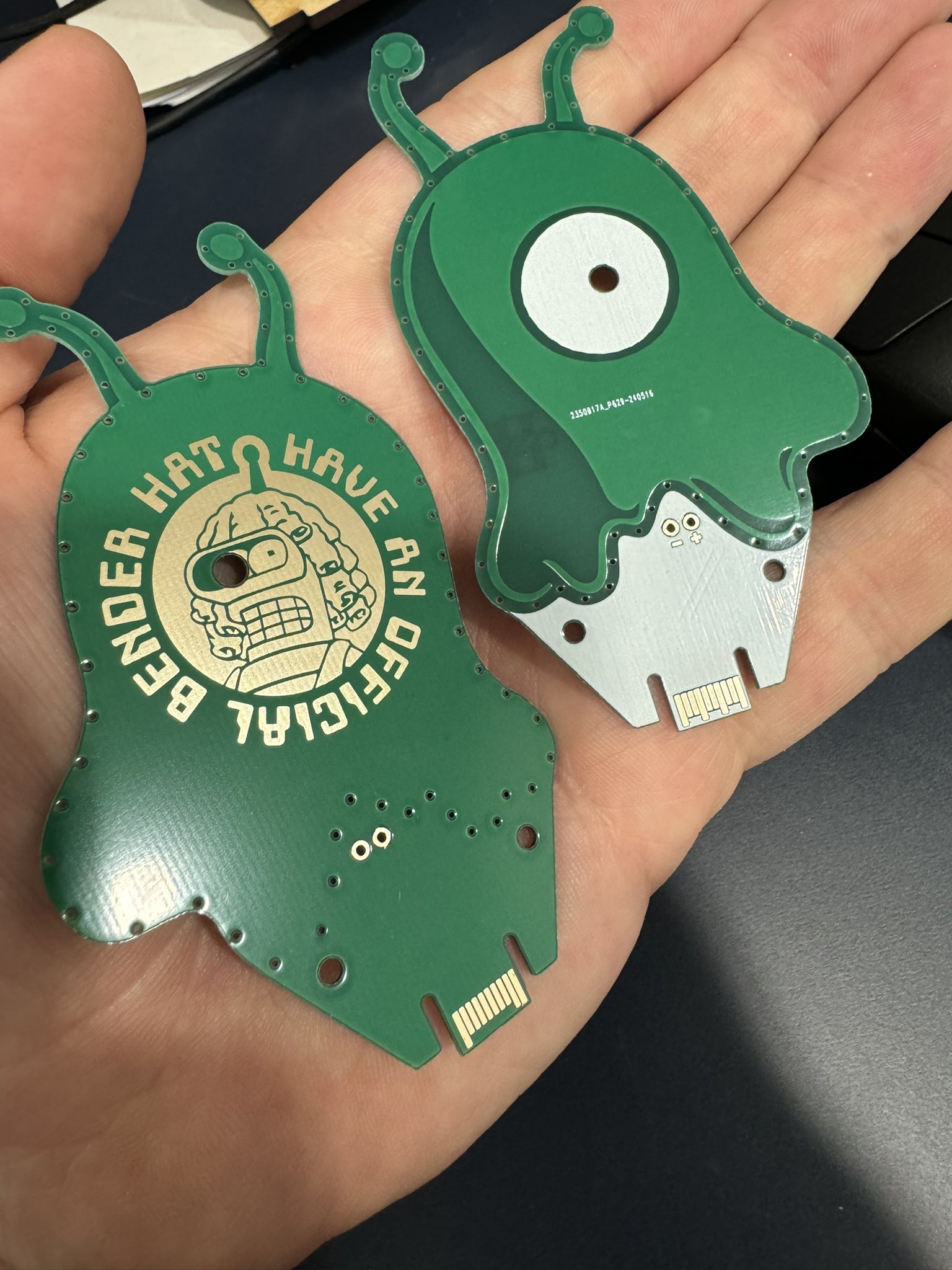 Brainslug by Paul Beech
Brainslug by Paul Beech Link: Twitter
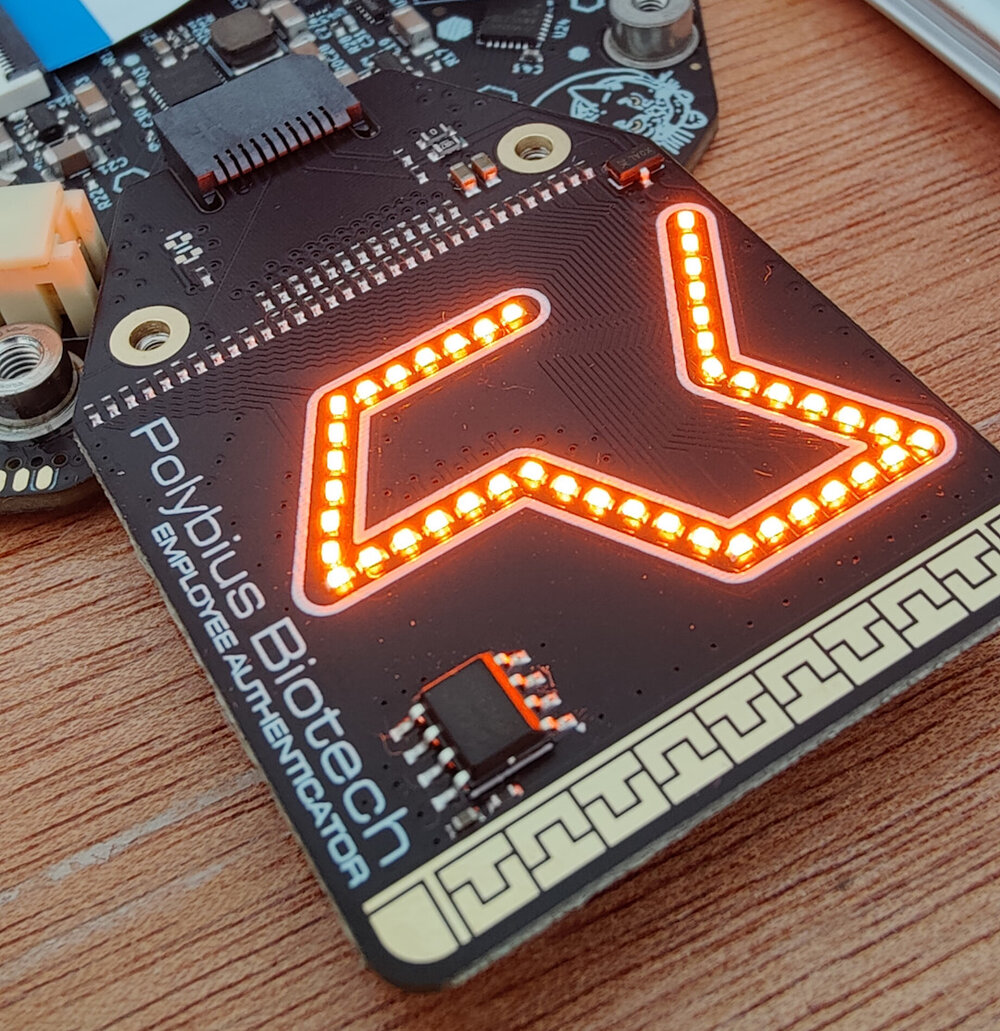 Polybius Biotech Employee Authenticator by Graham Sutherland (Polybius Biotech)
Polybius Biotech Employee Authenticator by Graham Sutherland (Polybius Biotech) DESCRIPTION REDACTED BY POLYBIUS BIOTECH SECURITY
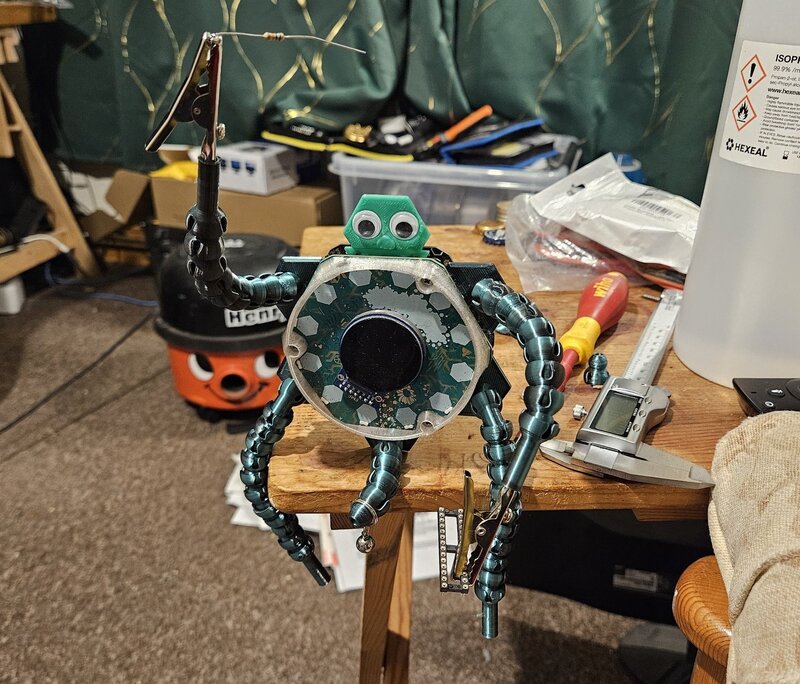 Helping HexpHANDsion by Yvan
Helping HexpHANDsion by Yvan 🖨️ PRINT ME
Add your hexpansion! We'd love to feature all of your creations!
If you want to add your hexpansions to this gallery, you can add them to the registry or add them to this issue or let us know on the IRC/Matrix! We'll do the rest!
For more information, see:
A reusable platform with an interchangeable part
Instead of redesigning badges from scratch every two years, we're building:
- a reusable platform
- a base part which will remain compatible over multiple years. The base contains power management, communications, USB, expansion connectors, storage, motion sensing, and battery charging into this board
- an interchangeable part that is specific to the event
Why are we doing this?
We want to let you make physical things that interact with the badge more easily, in the knowledge that those things are going to continue working with future event badges. In previous years, expandability has always been an afterthought - people still managed to do amazing things with their badges, but it was a lot of effort.
Additionally, we're tired of building the same thing over and over just to make it new and special. We're tired of putting ever-increasing stacks of e-waste into the drawers of the hacking world. We're especially tired of people not being able to meaningfully build things for the badge before the event, and none of those things working by the next event.
The Tildagon will not only let us waste fewer materials, but it also provides us and attendees with a stable base to build on and invest in.
For us, the stable infrastructure means we do not need to rewrite software and drivers for every event. Instead we can focus our efforts on the smaller event-specific part.
Investing in the Tildagon for multiple years also means we've put more effort and better parts than usual into the base board. We put all the expensive and hard-to-get-right functionality on the base part. In future events, we will reuse this base part and maintain compatibility in software and hardware for existing hexpansions.
The most energy-intensive part of each badge is the battery, so we've made it compatible with the batteries from the 2016 and 2018 badges.
Instead of having a lanyard, we are making the USB cable itself be the lanyard for this badge - cables in different lengths are available for people of different sizes, and it can also be used for badge-to-badge and badge-to-computer communication.
